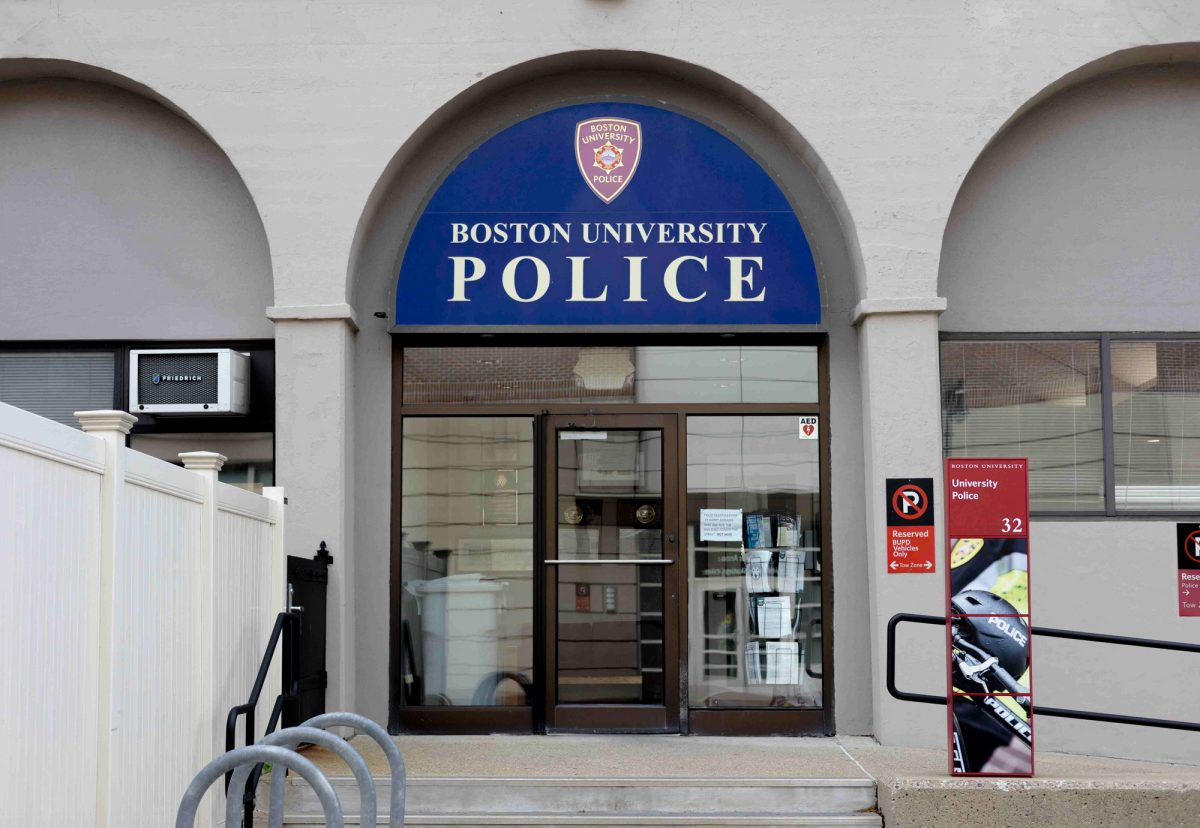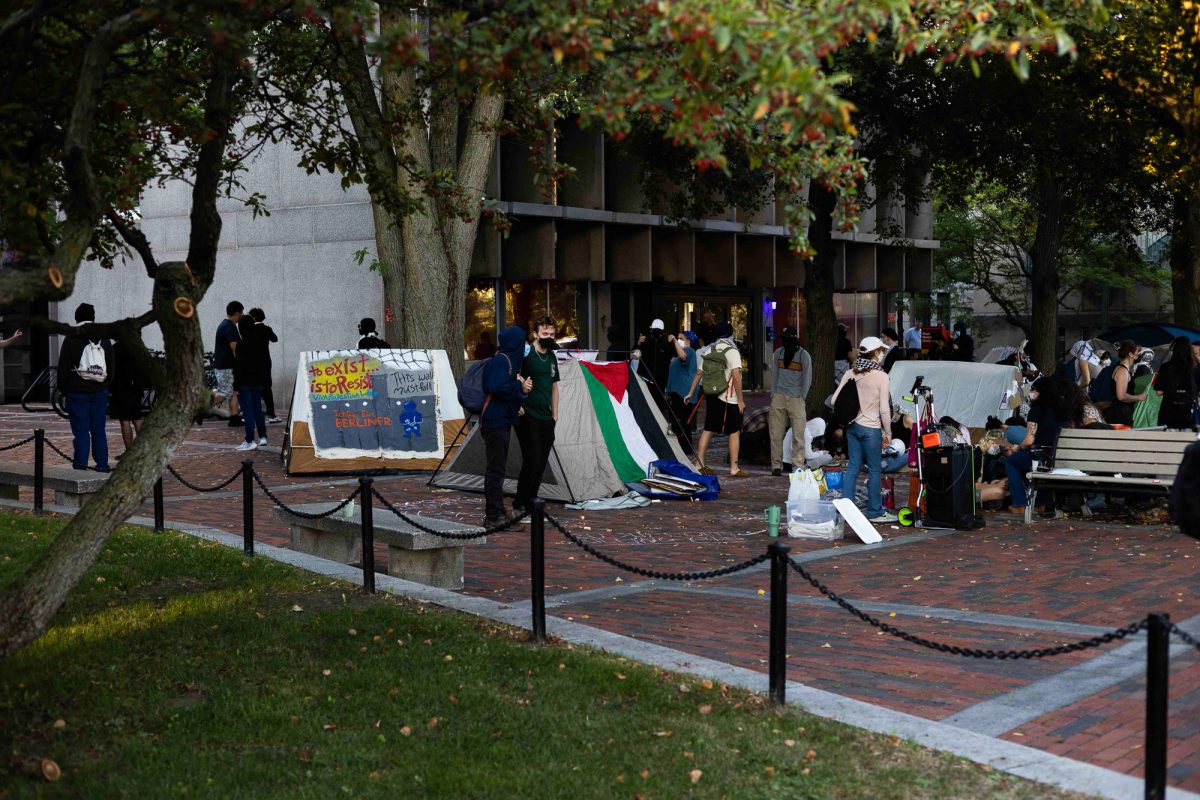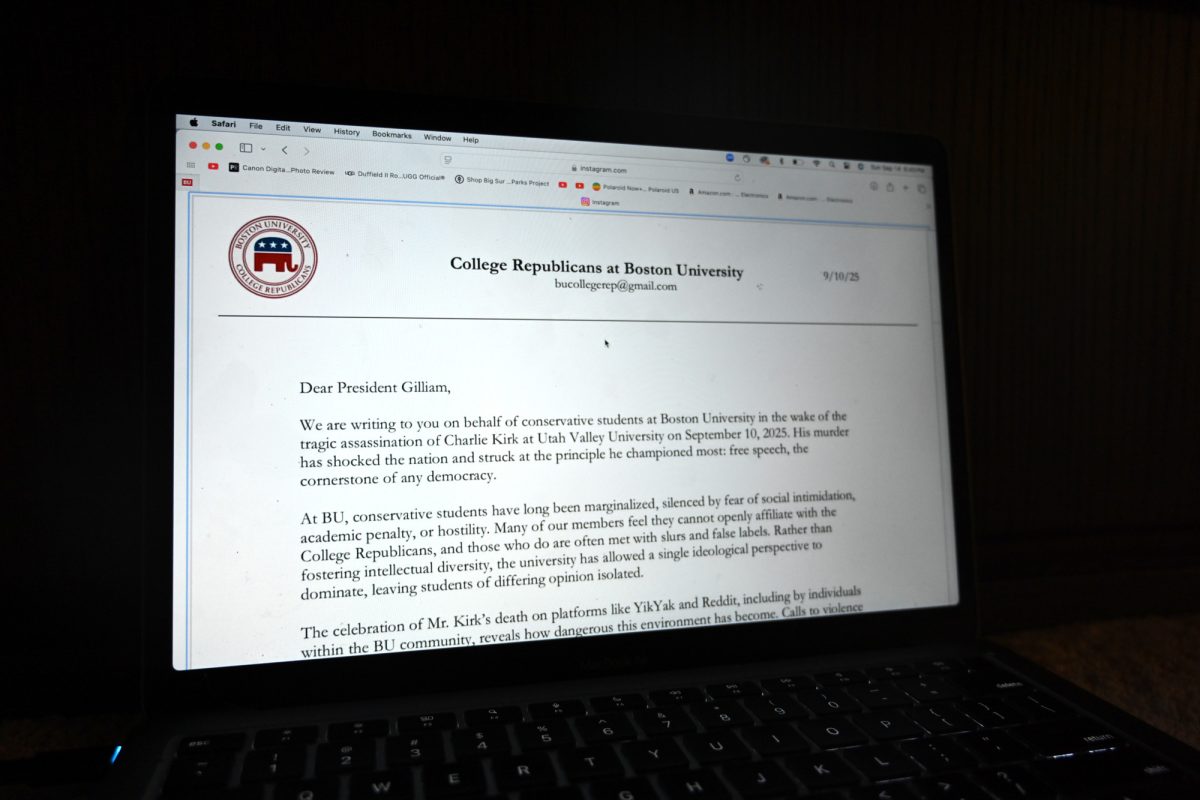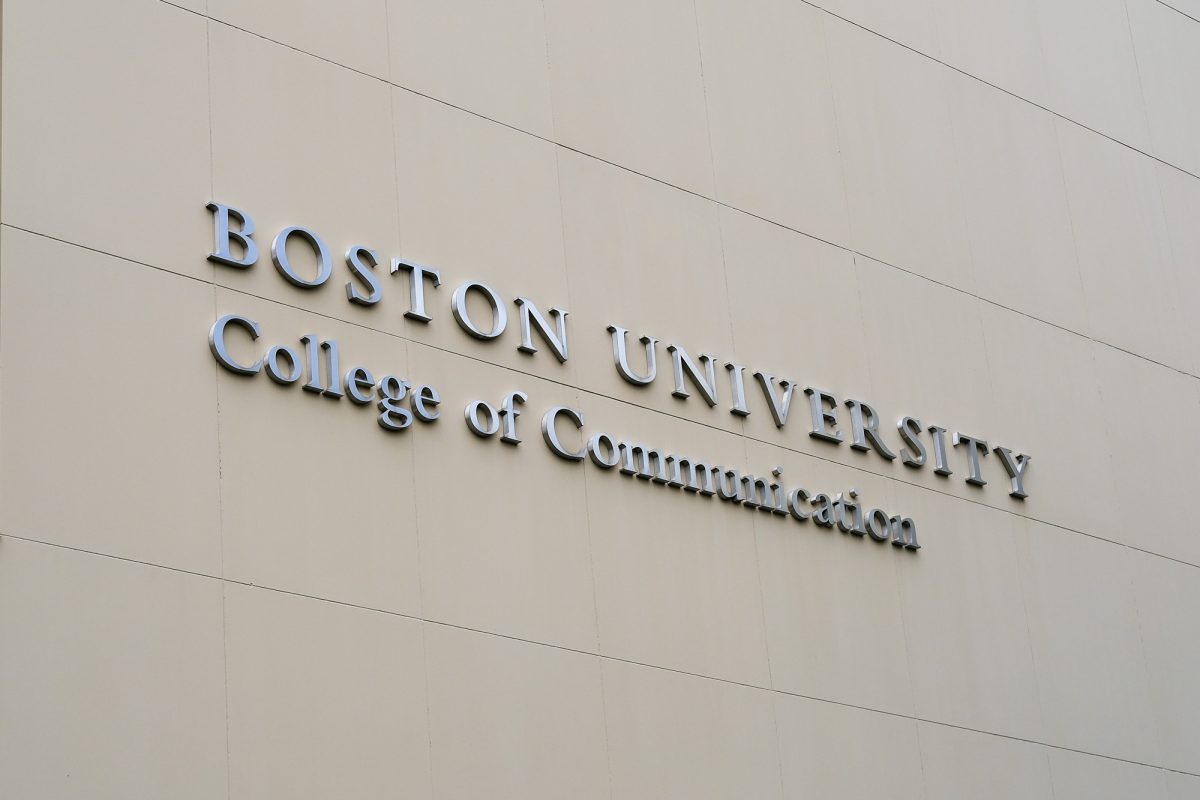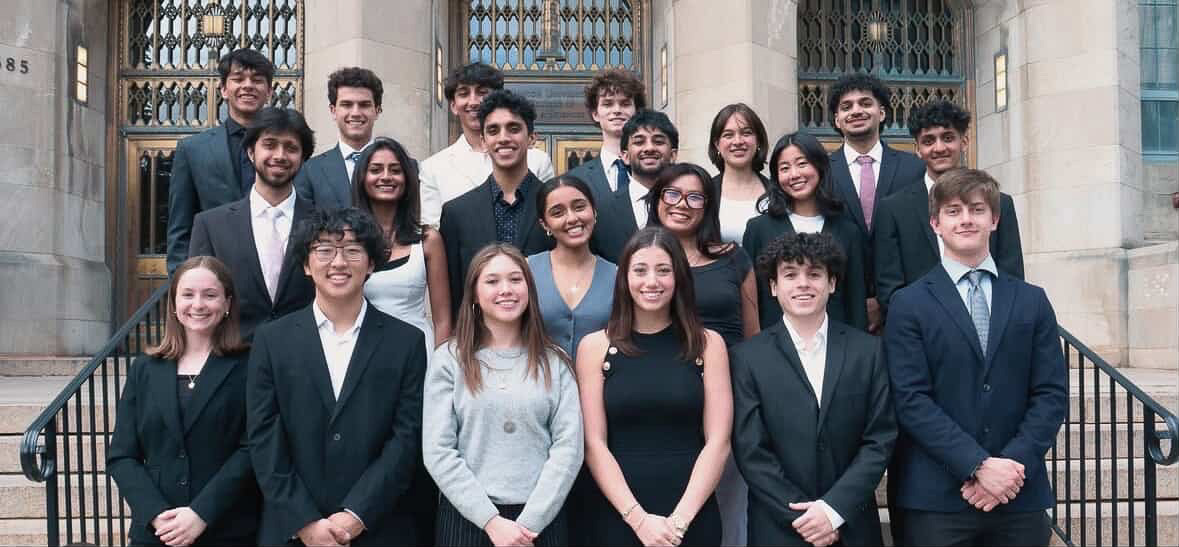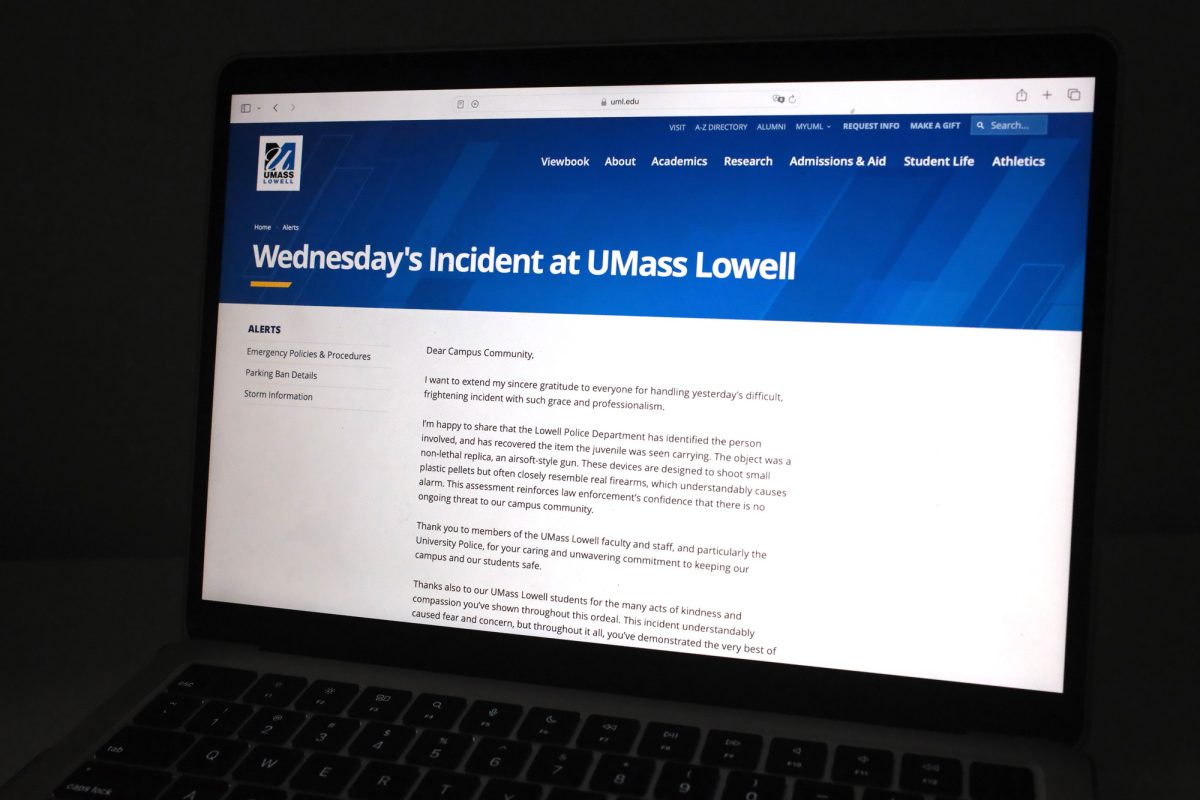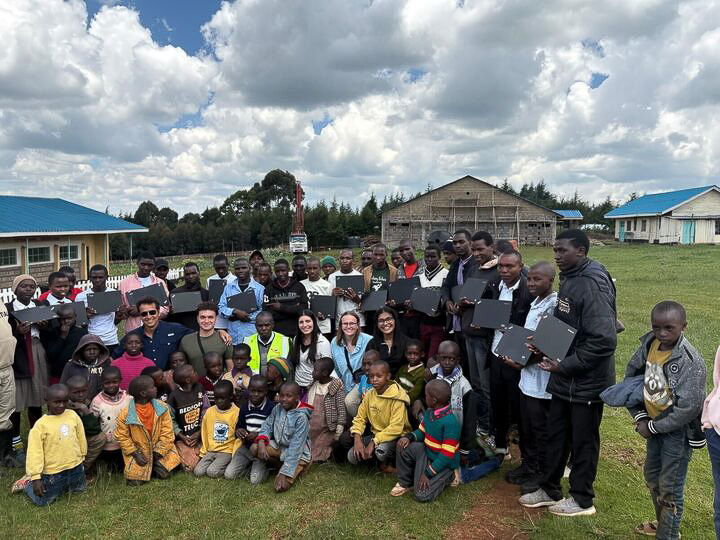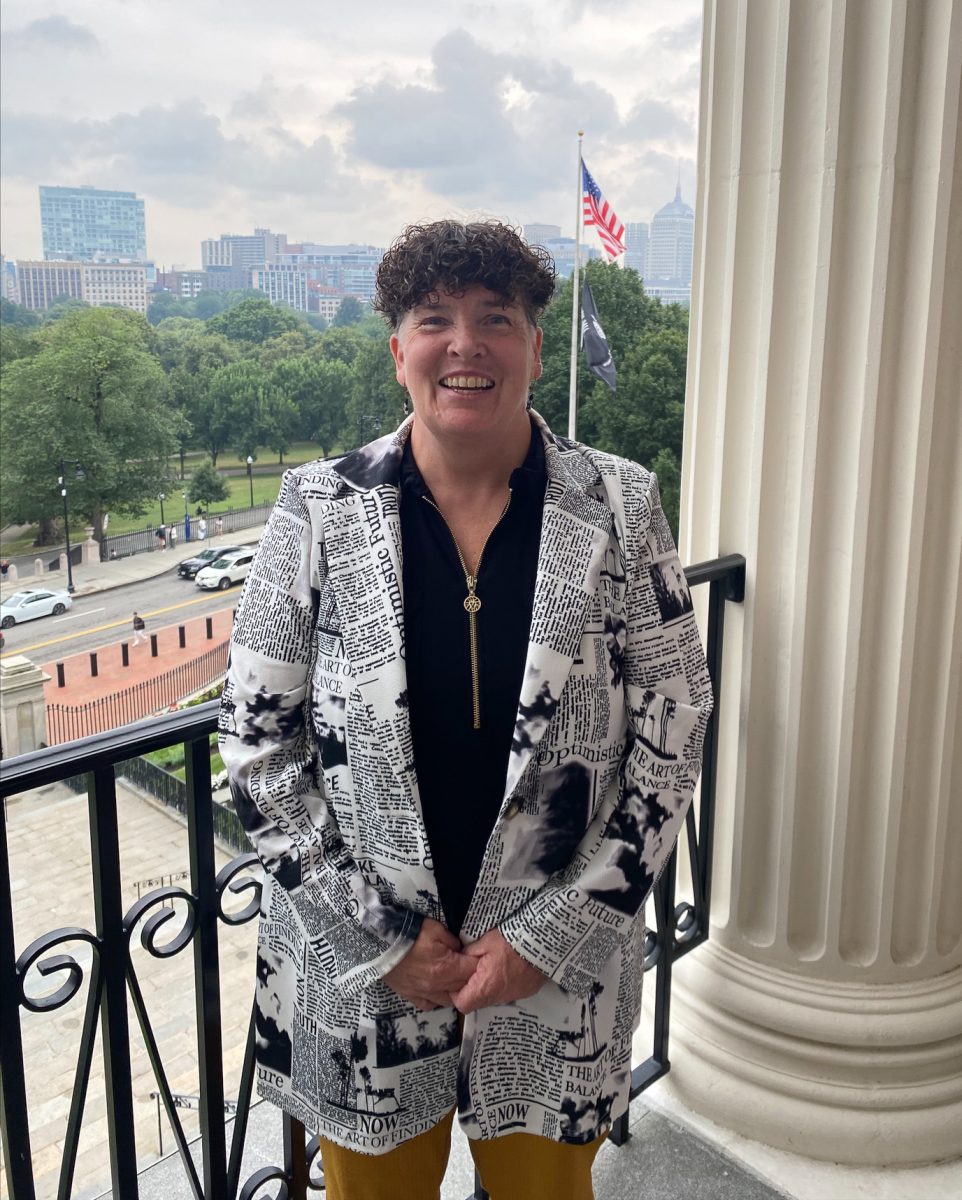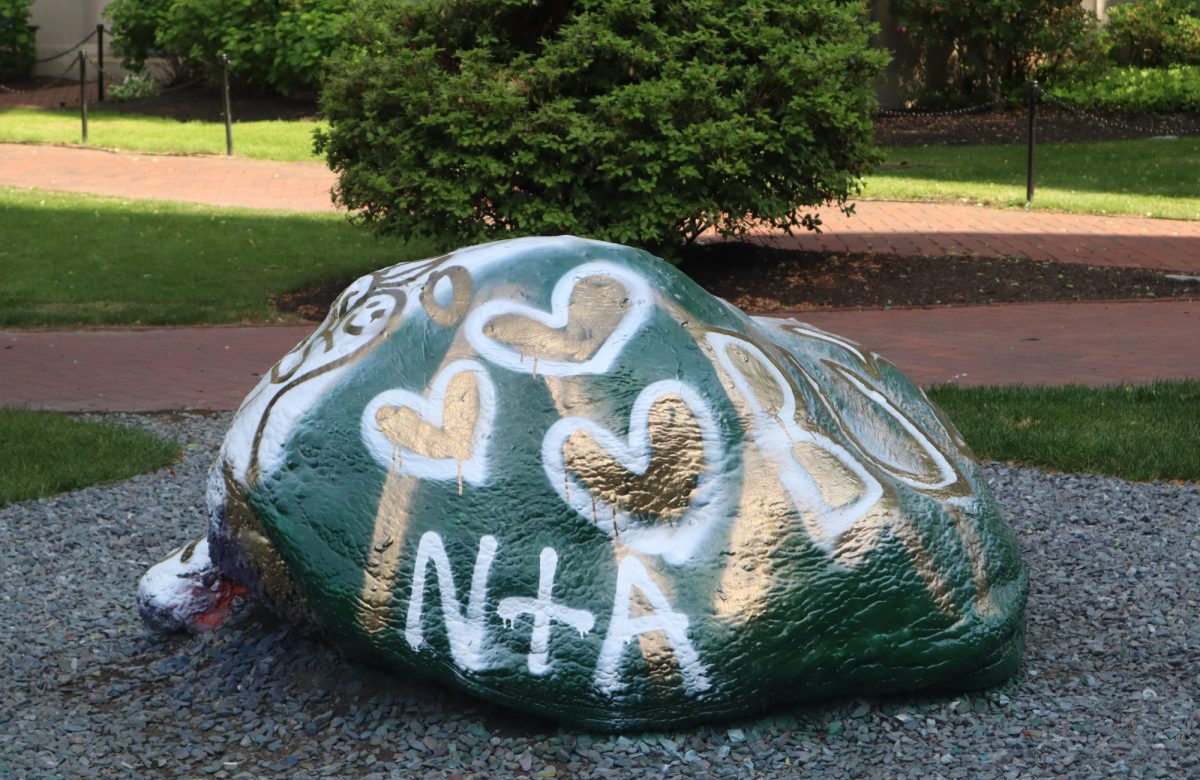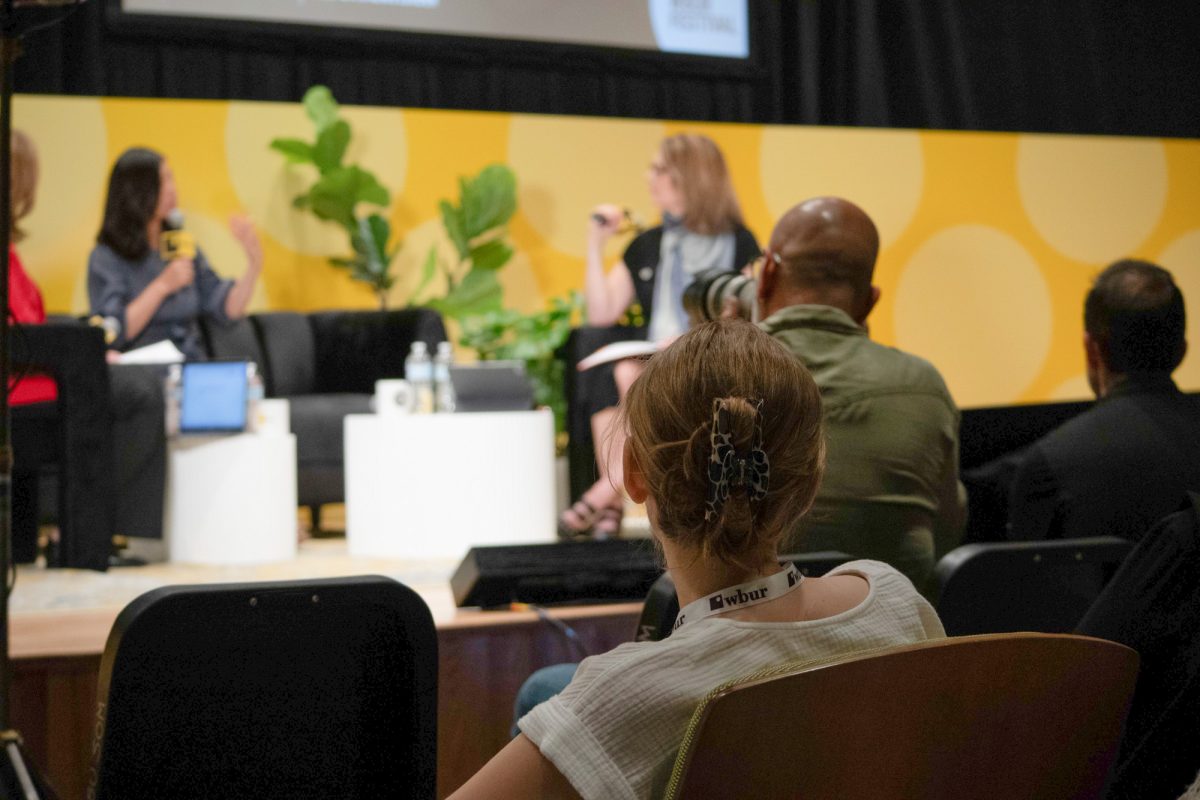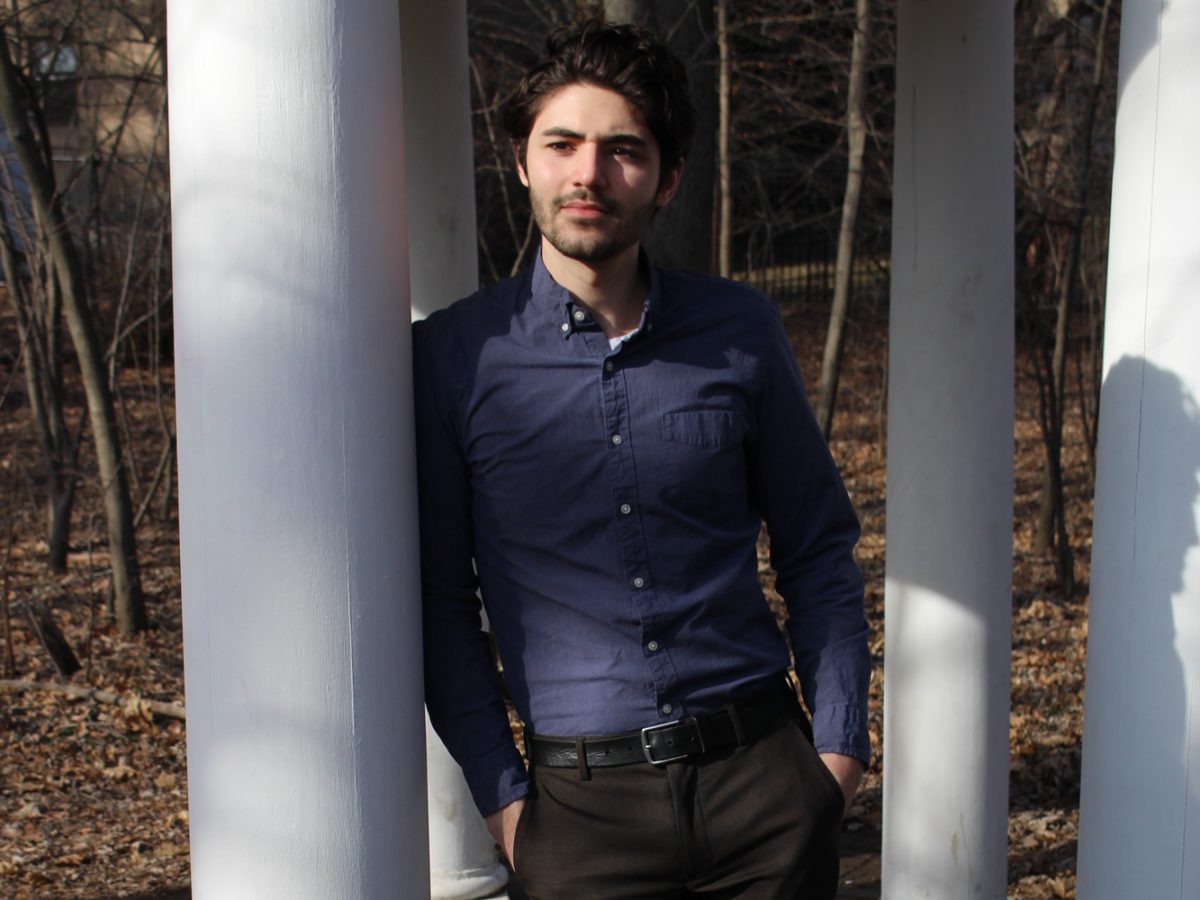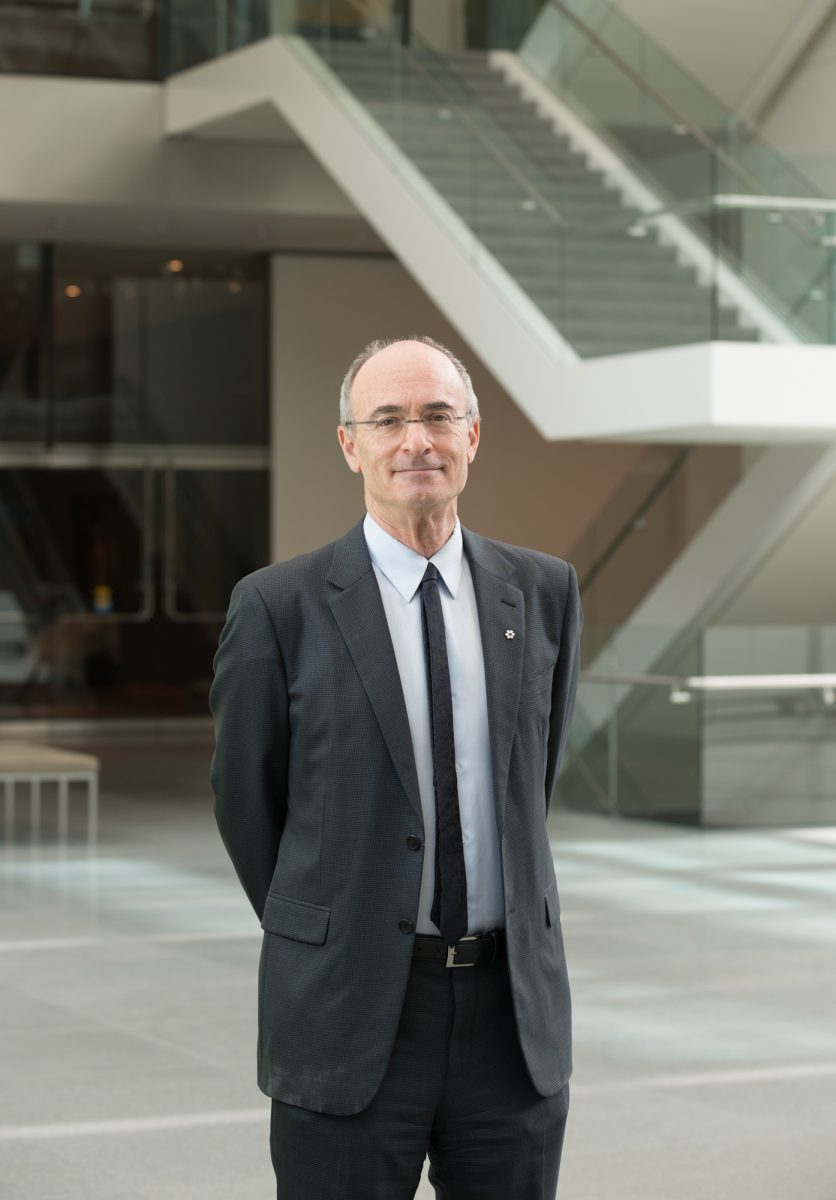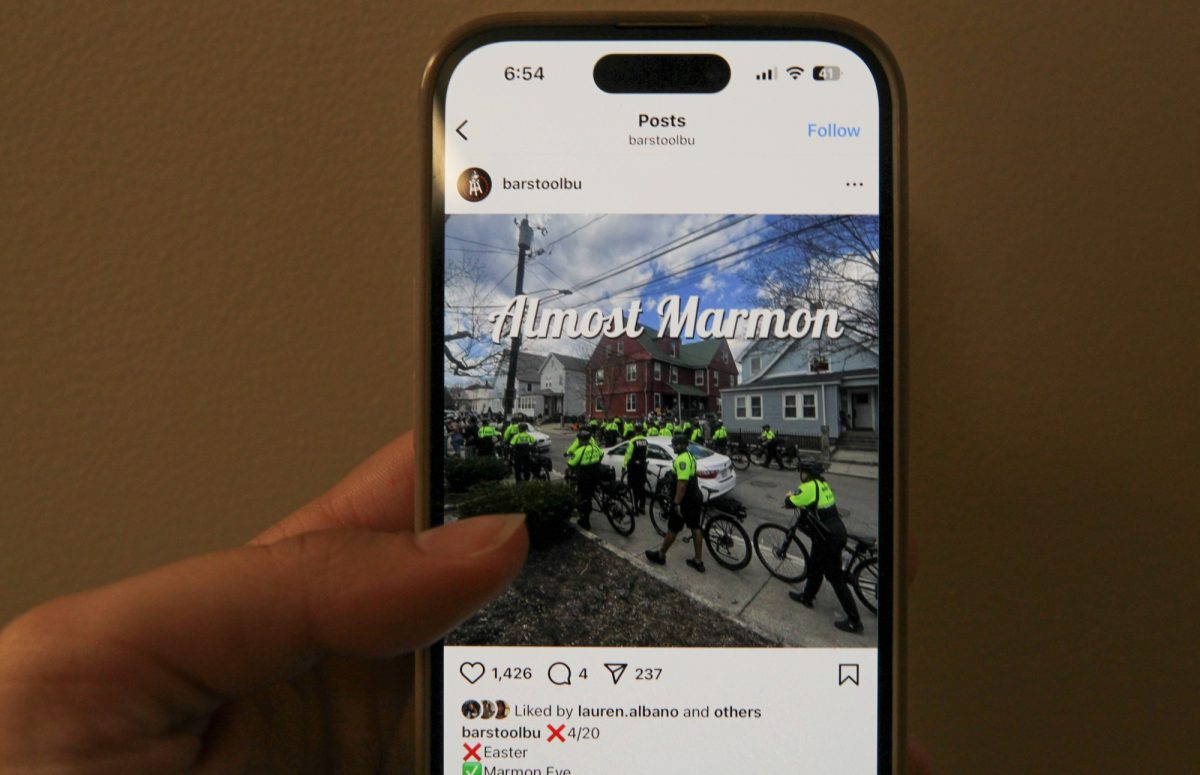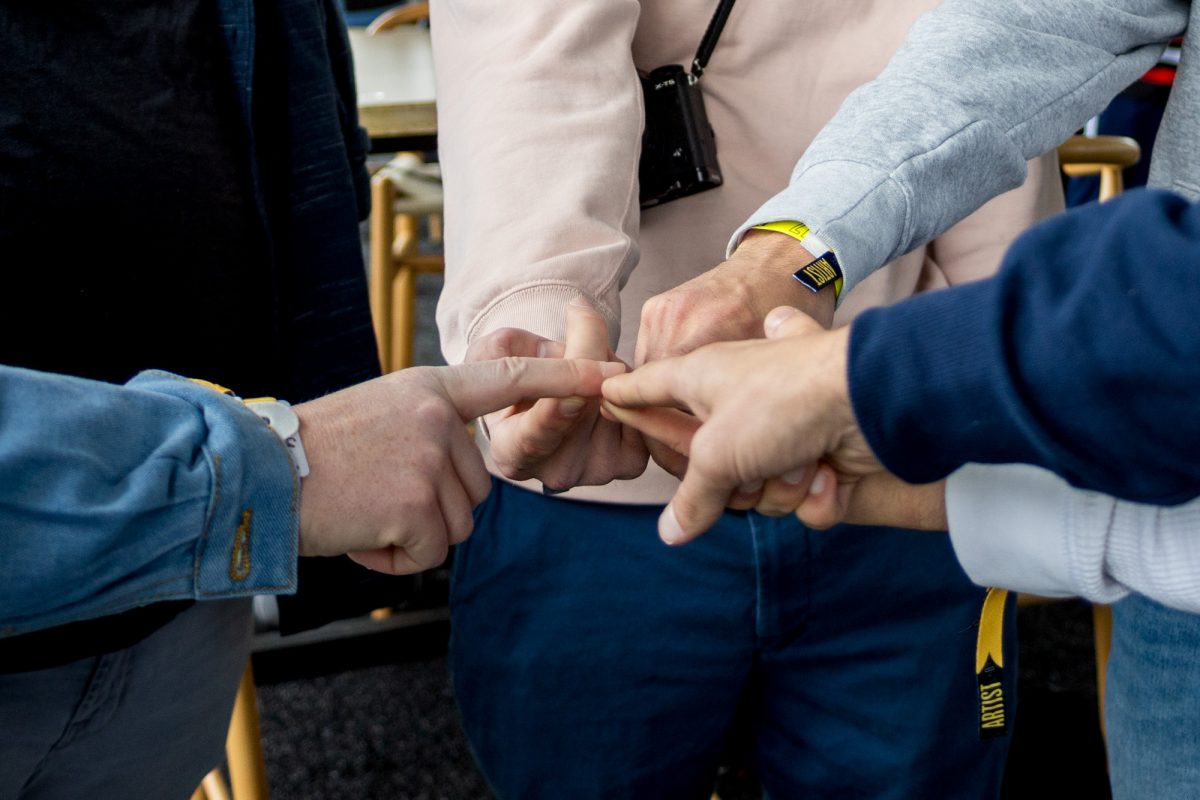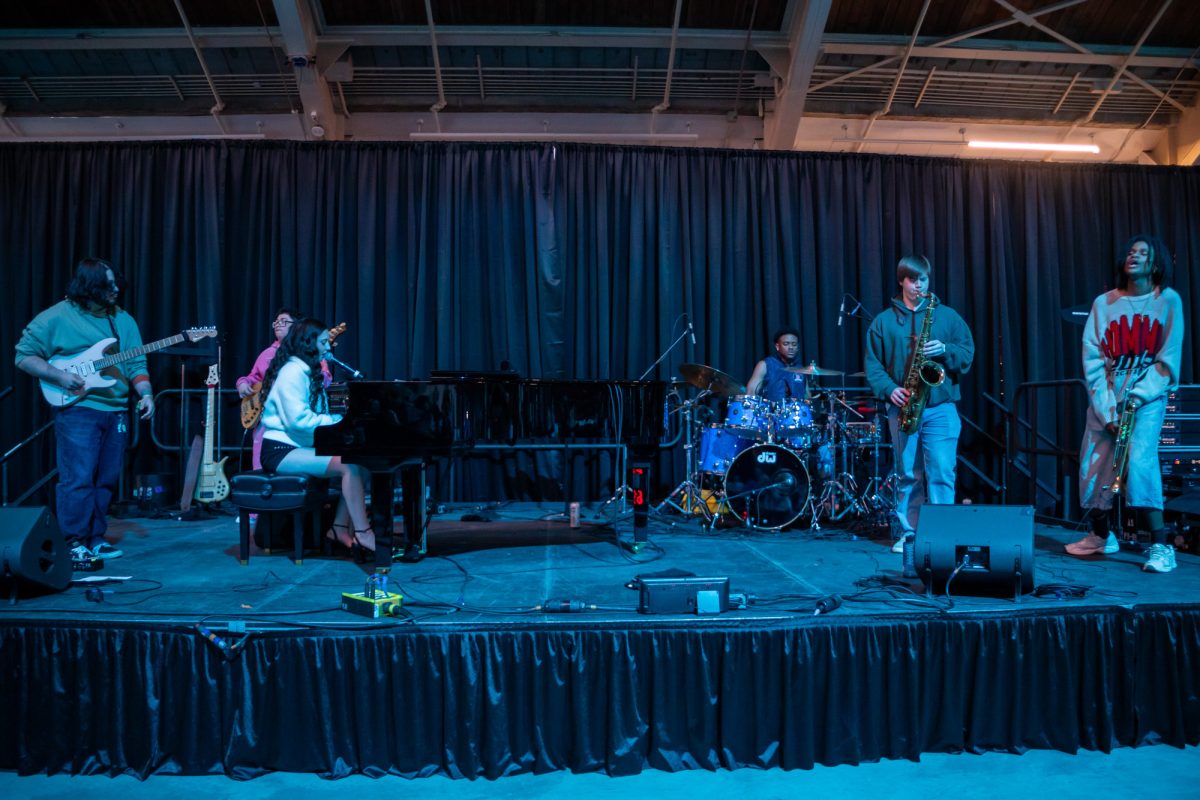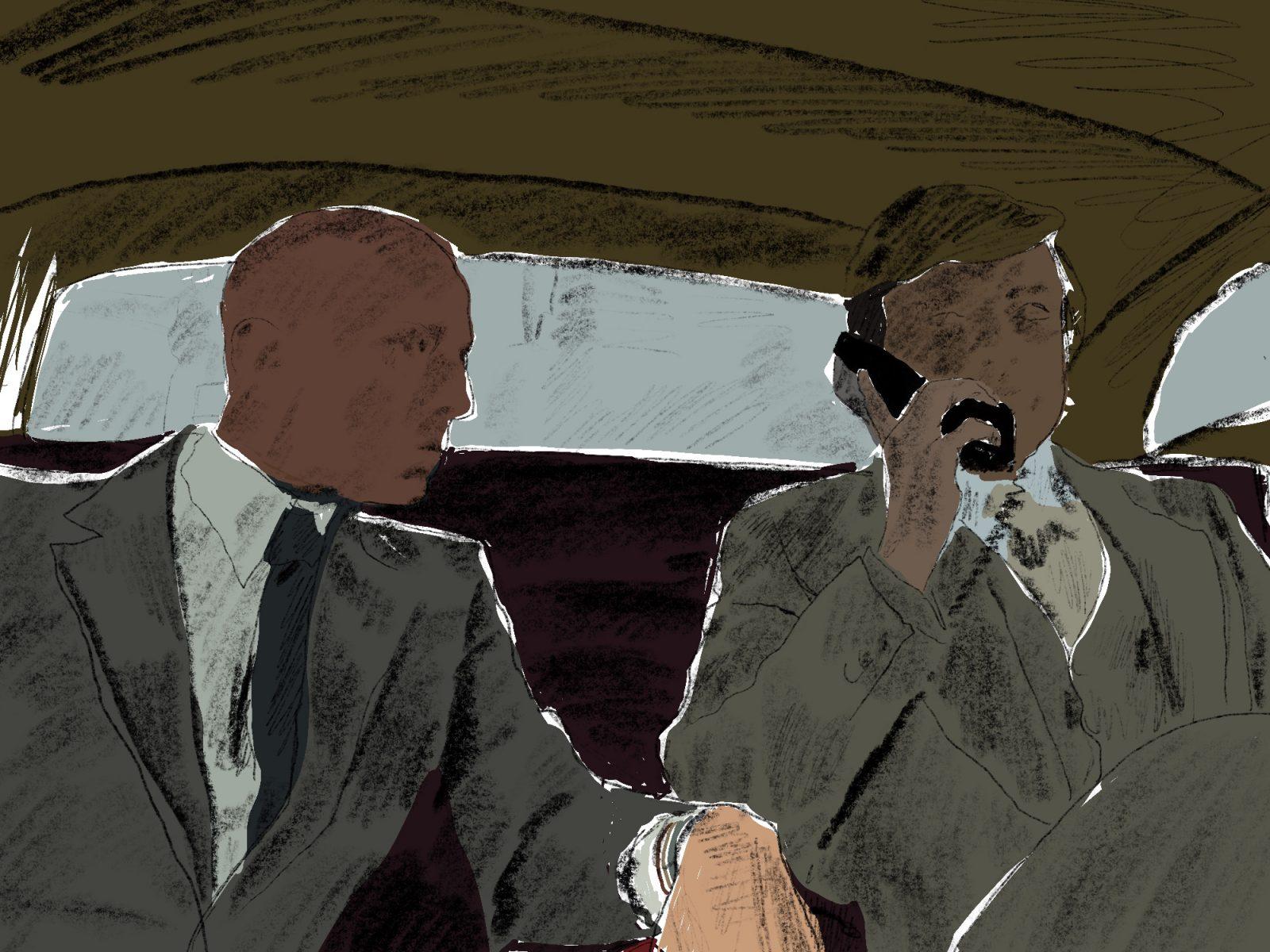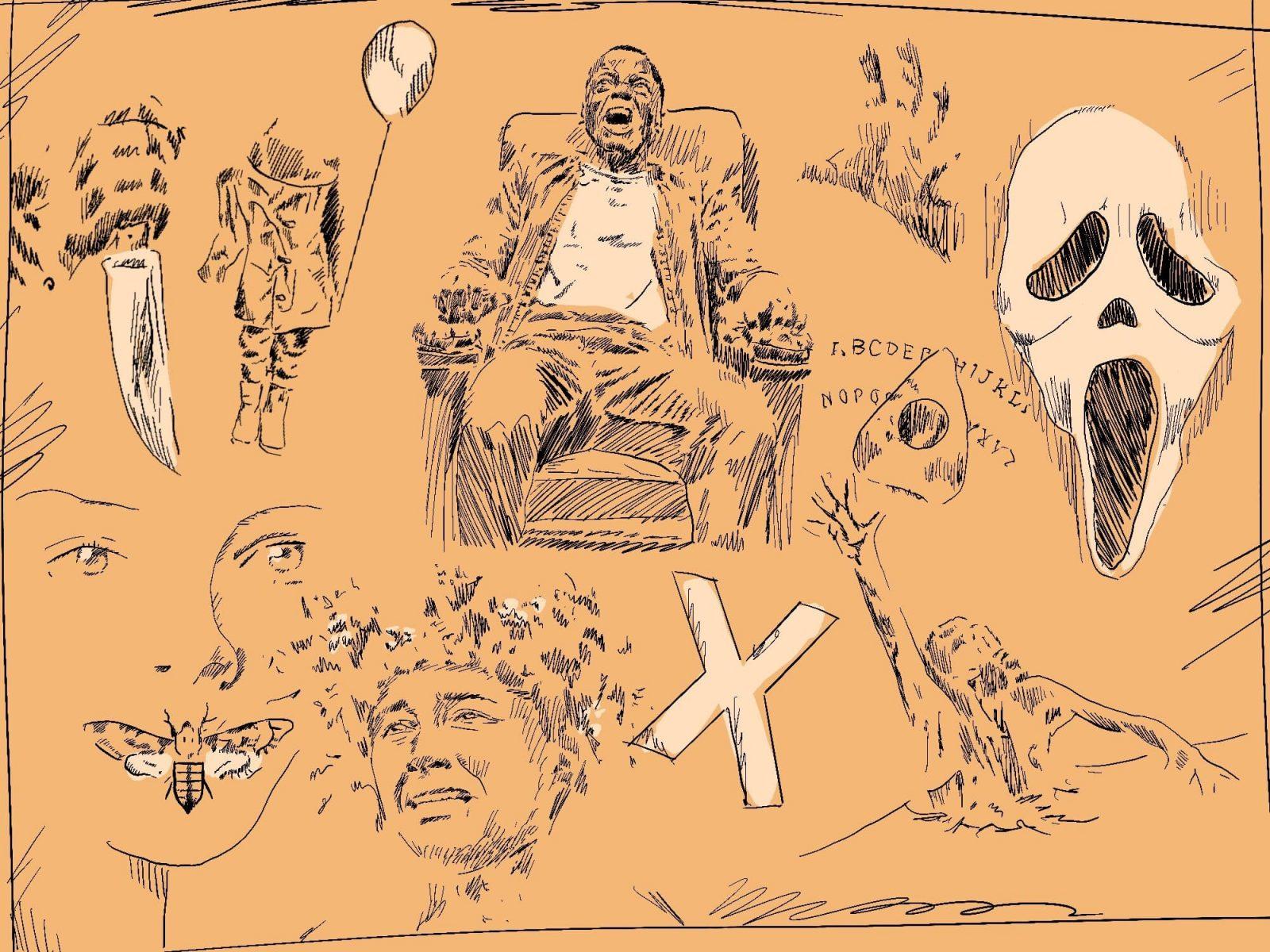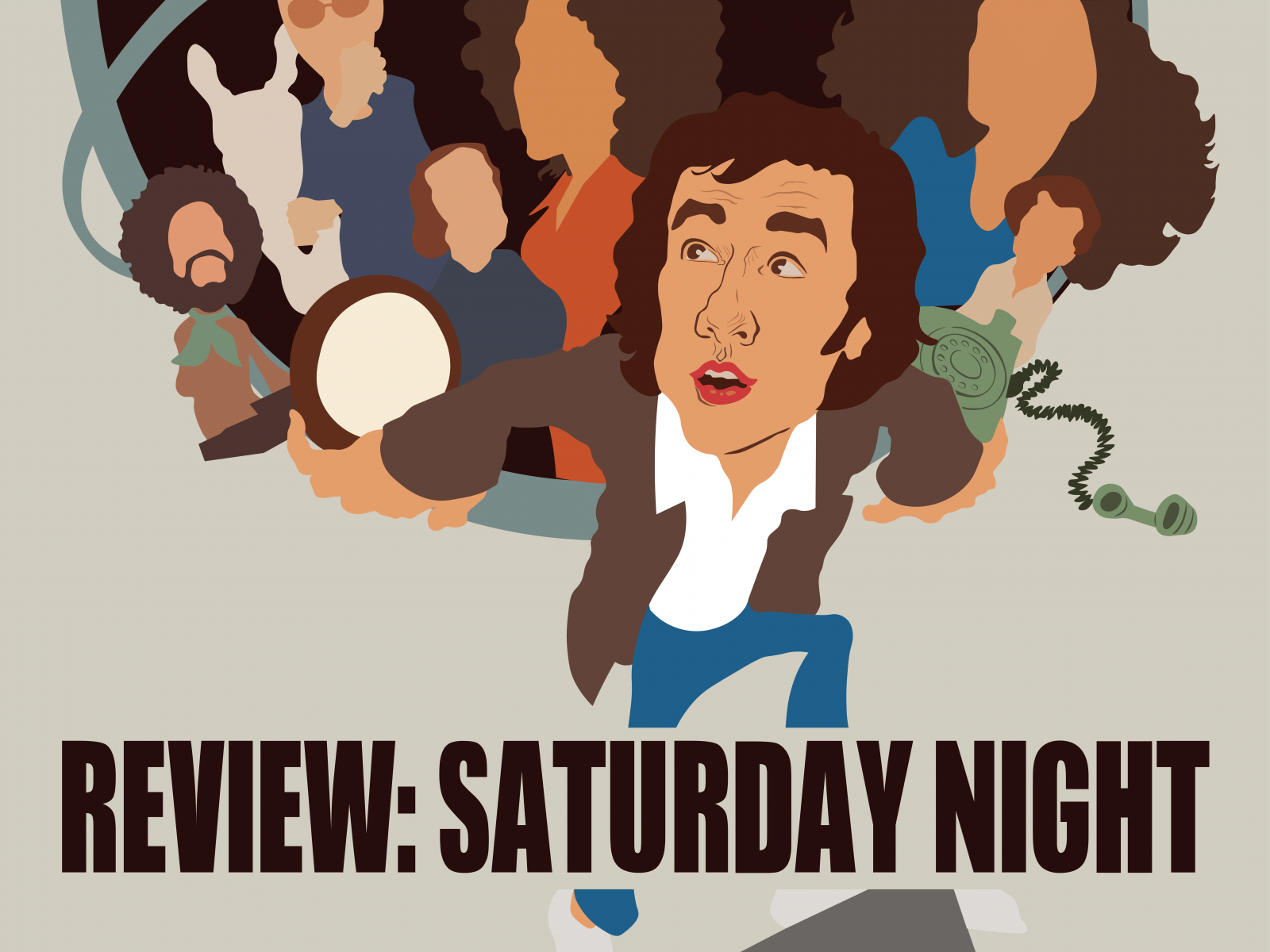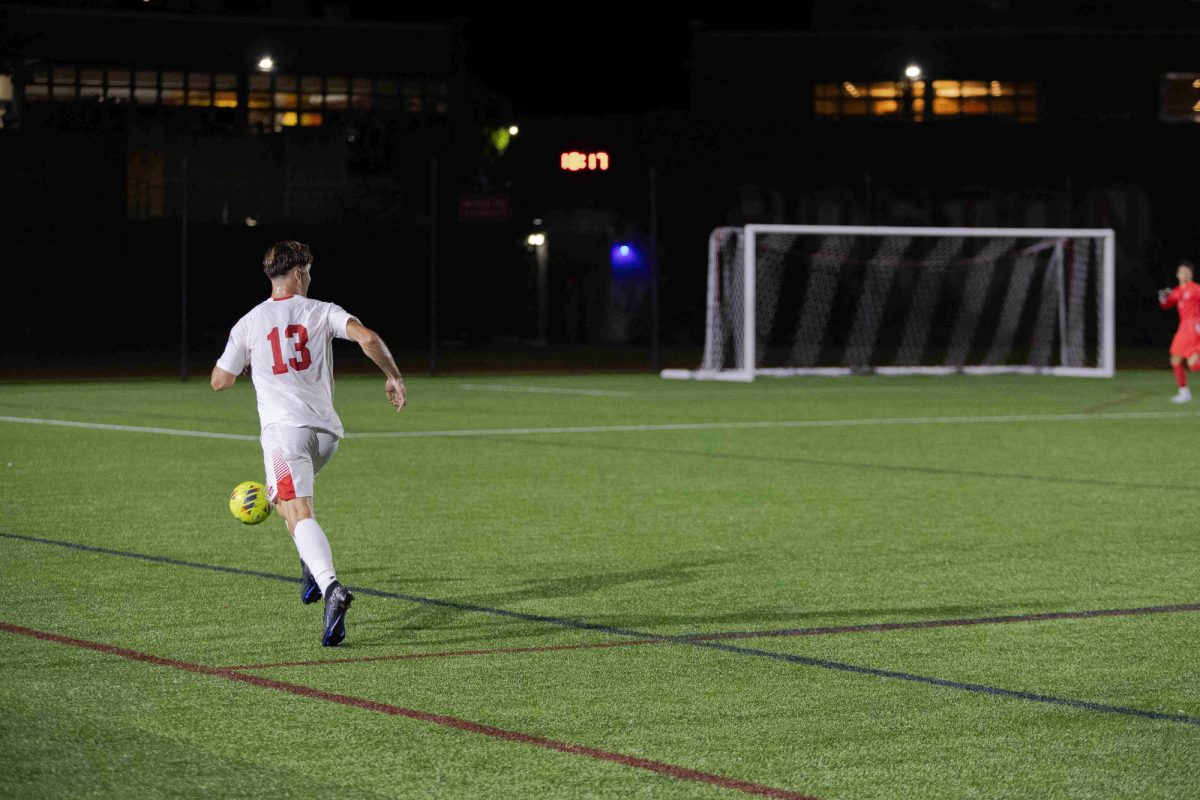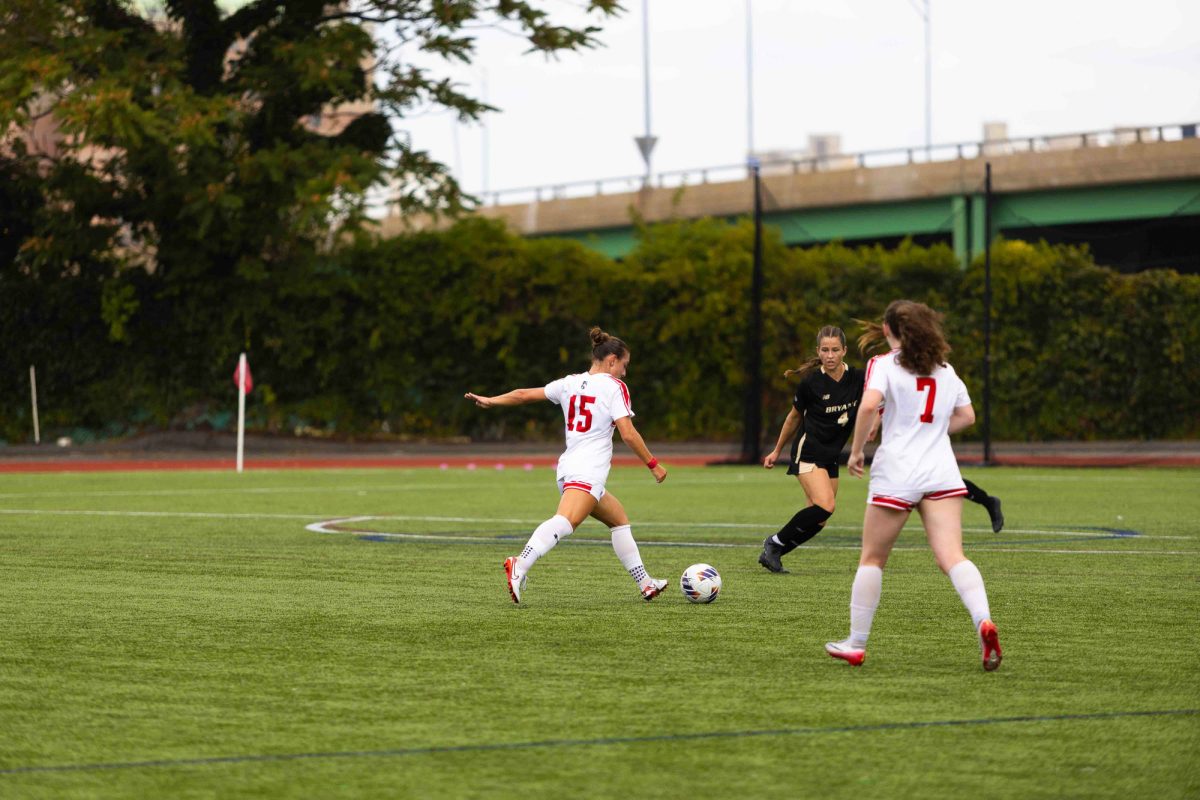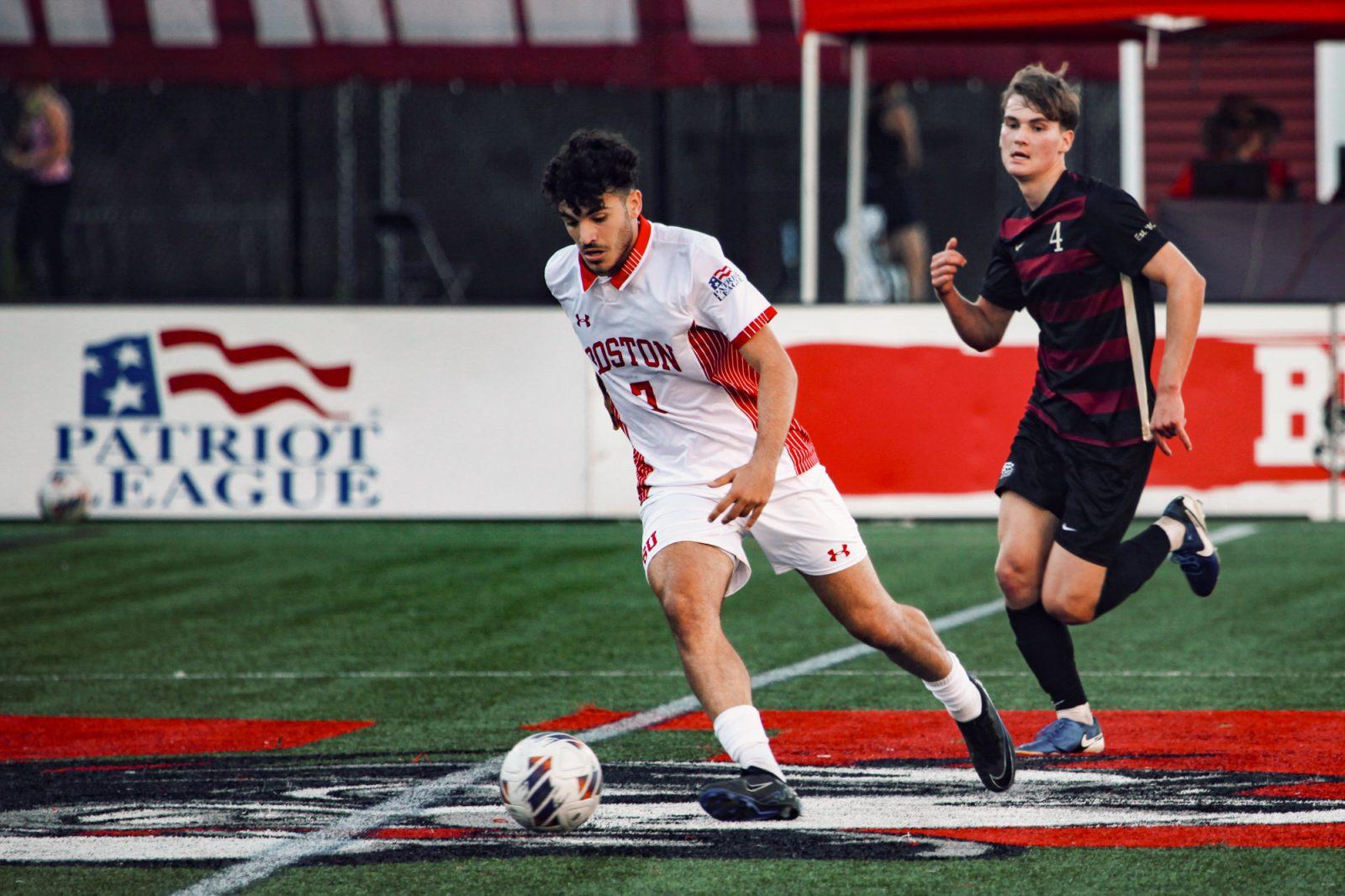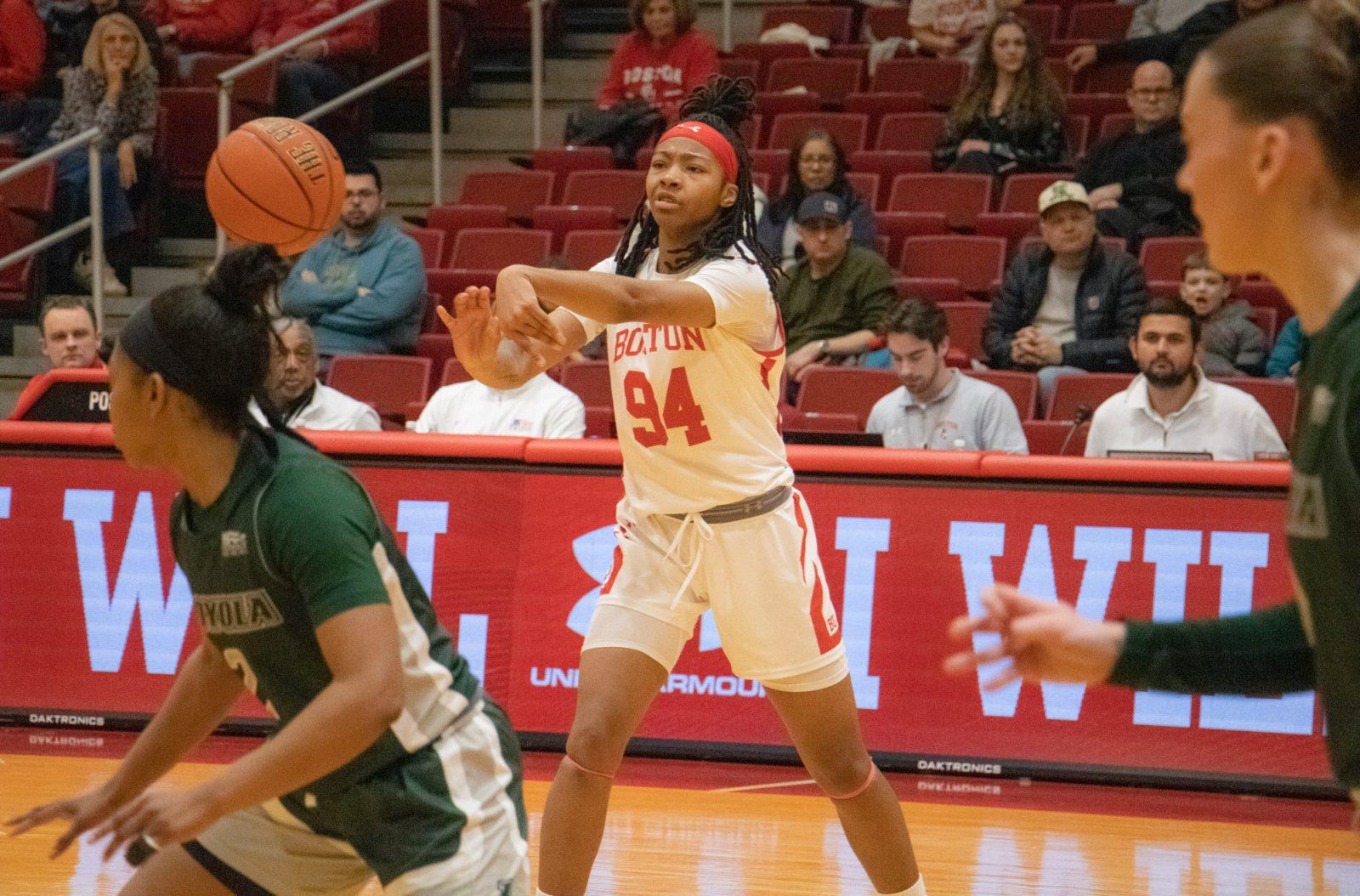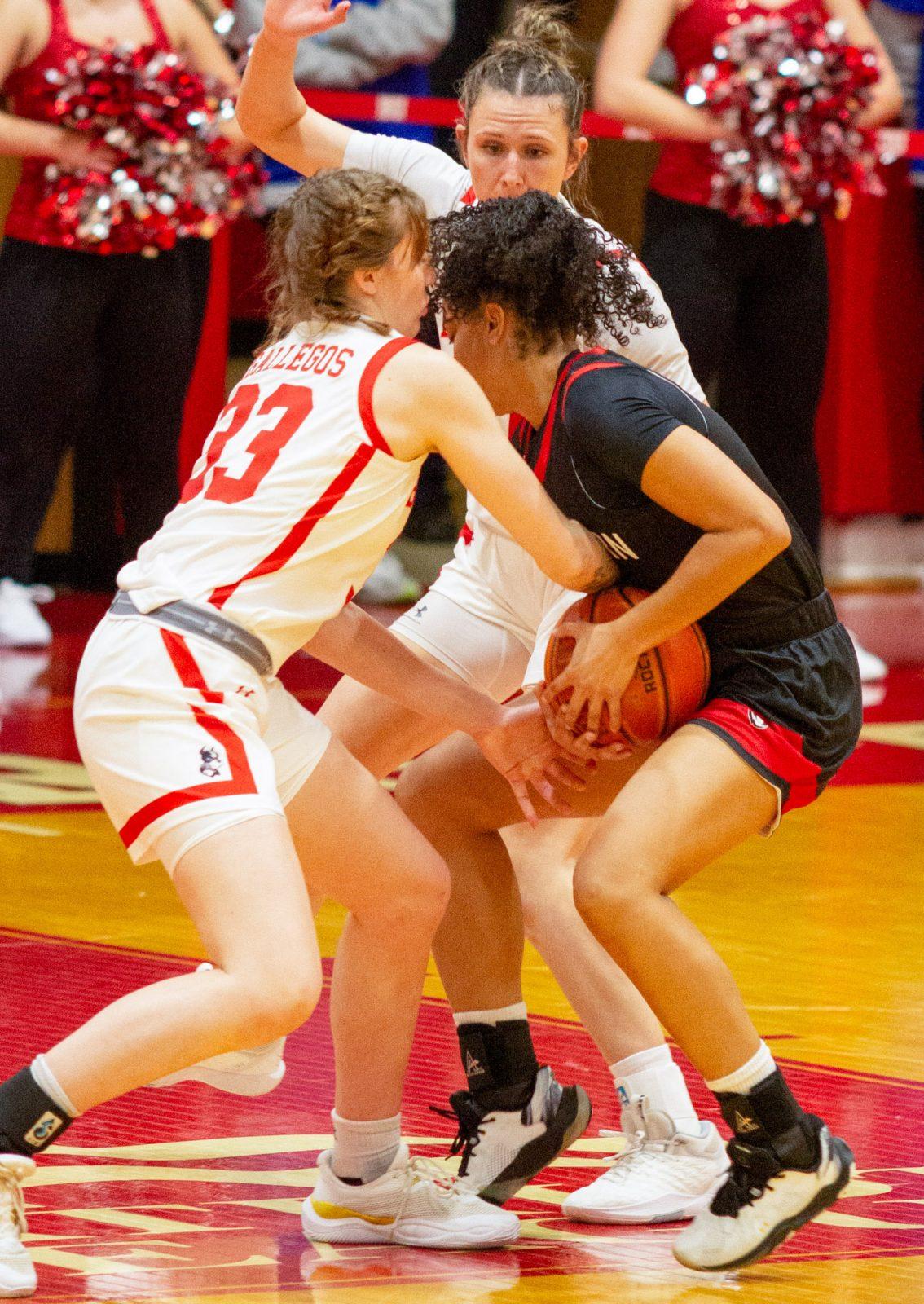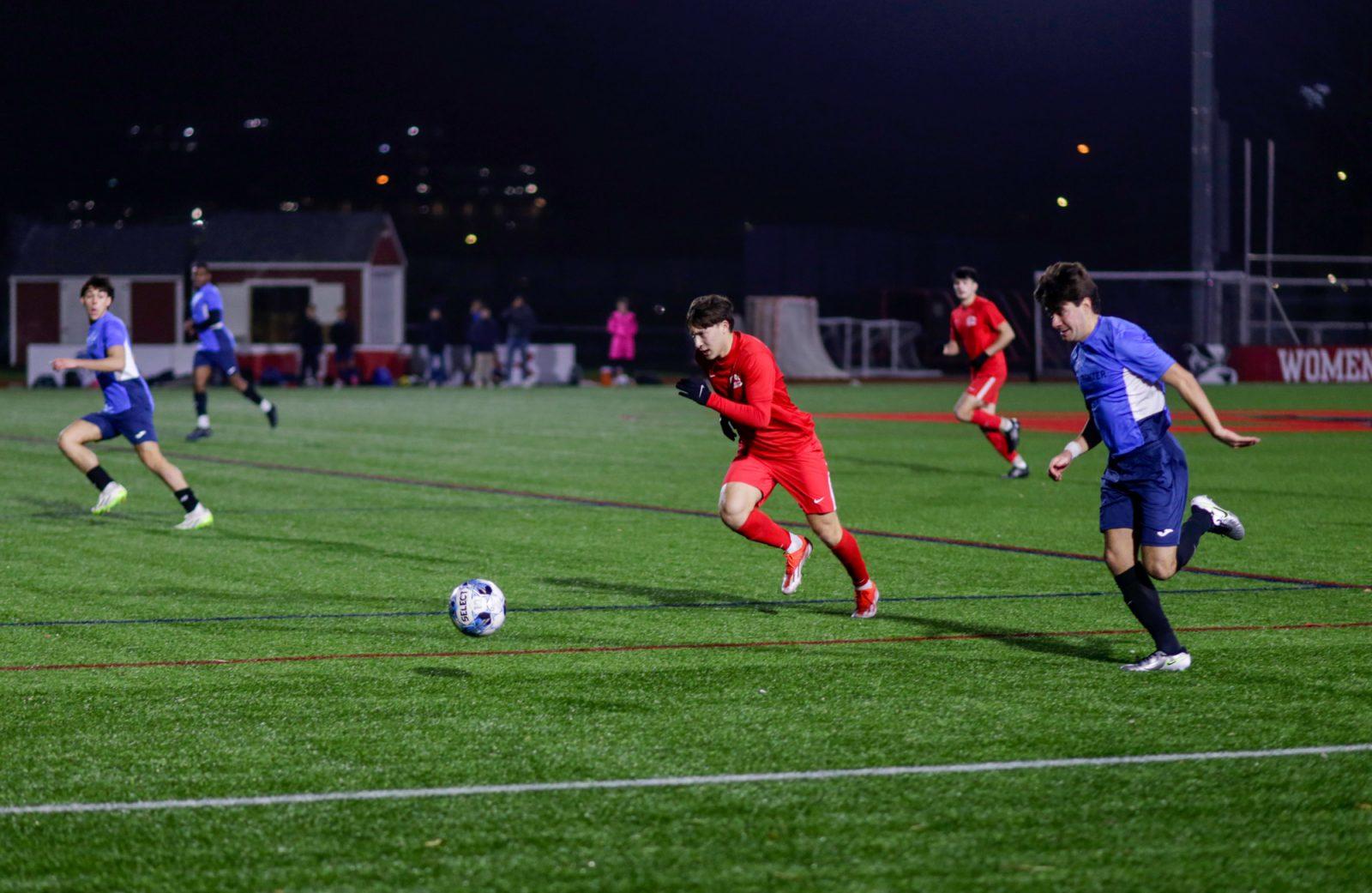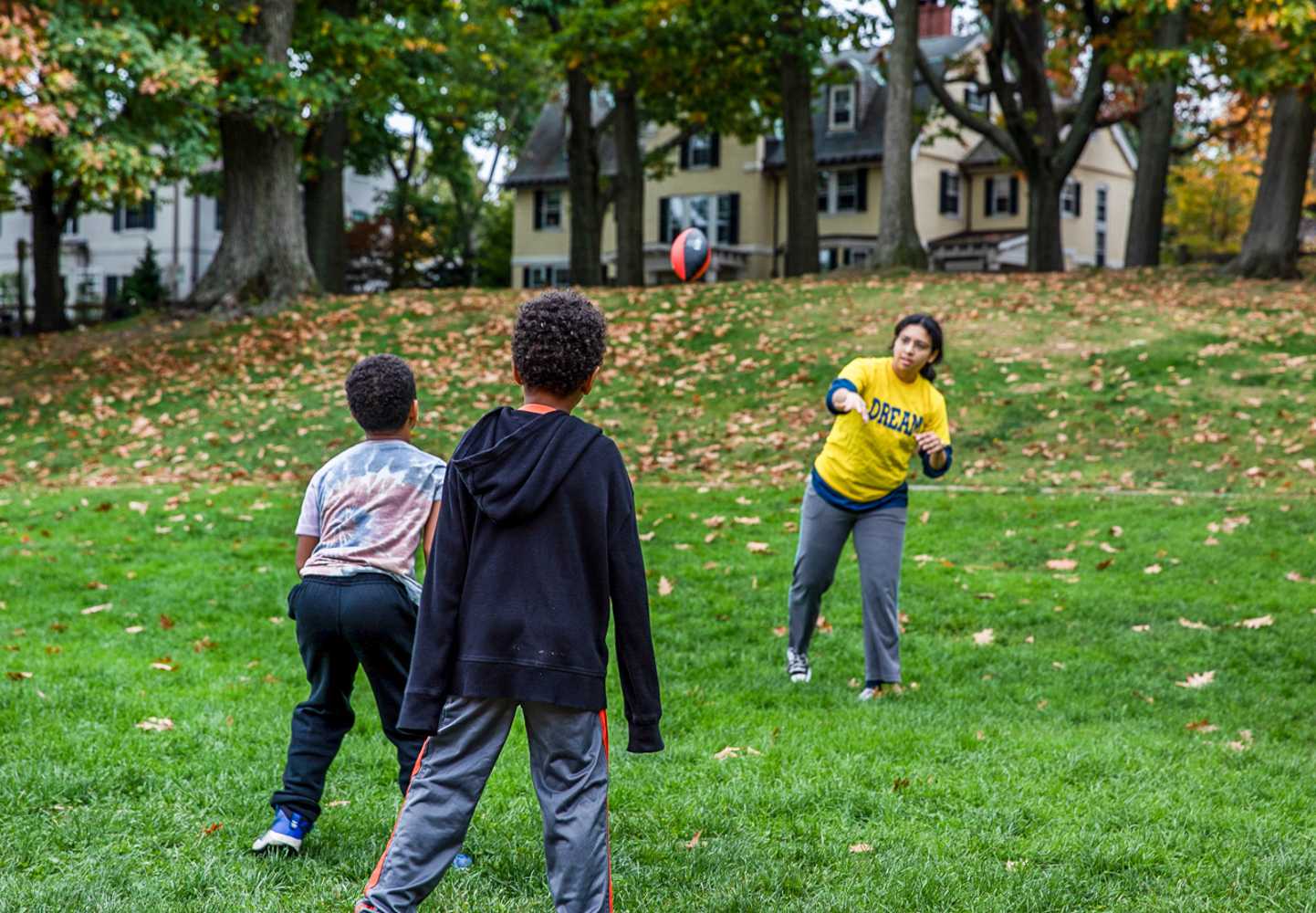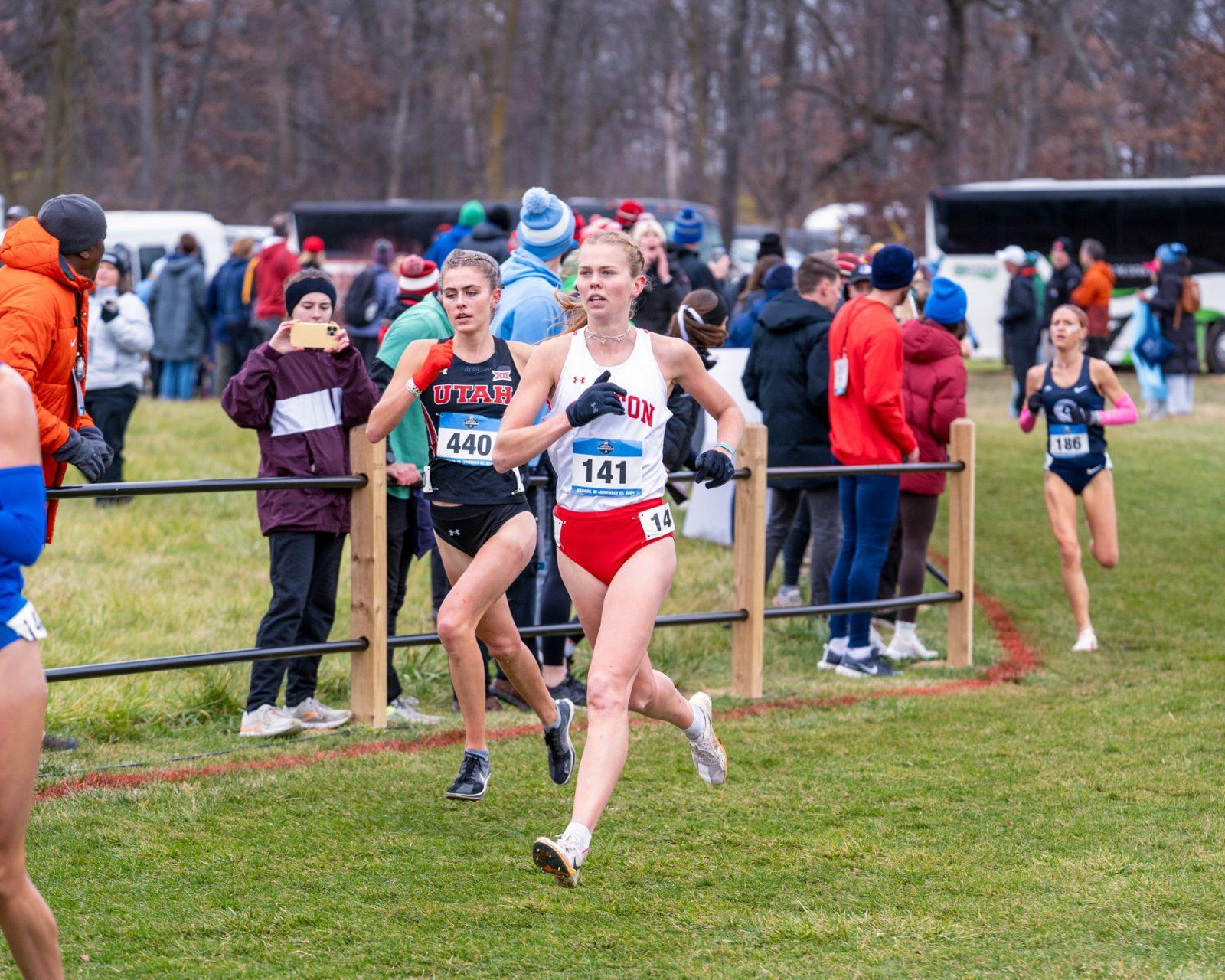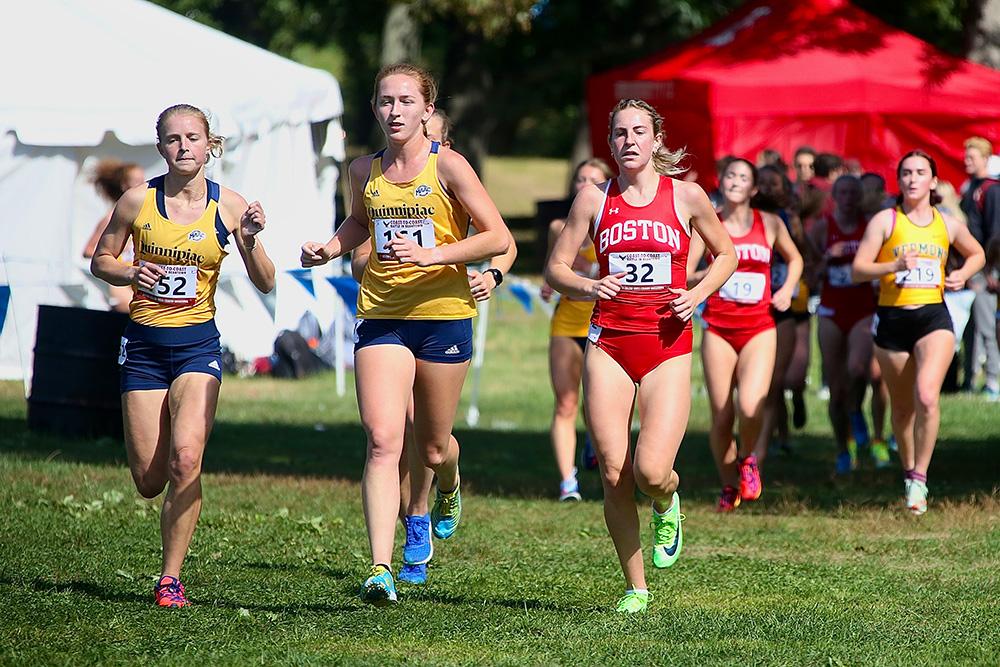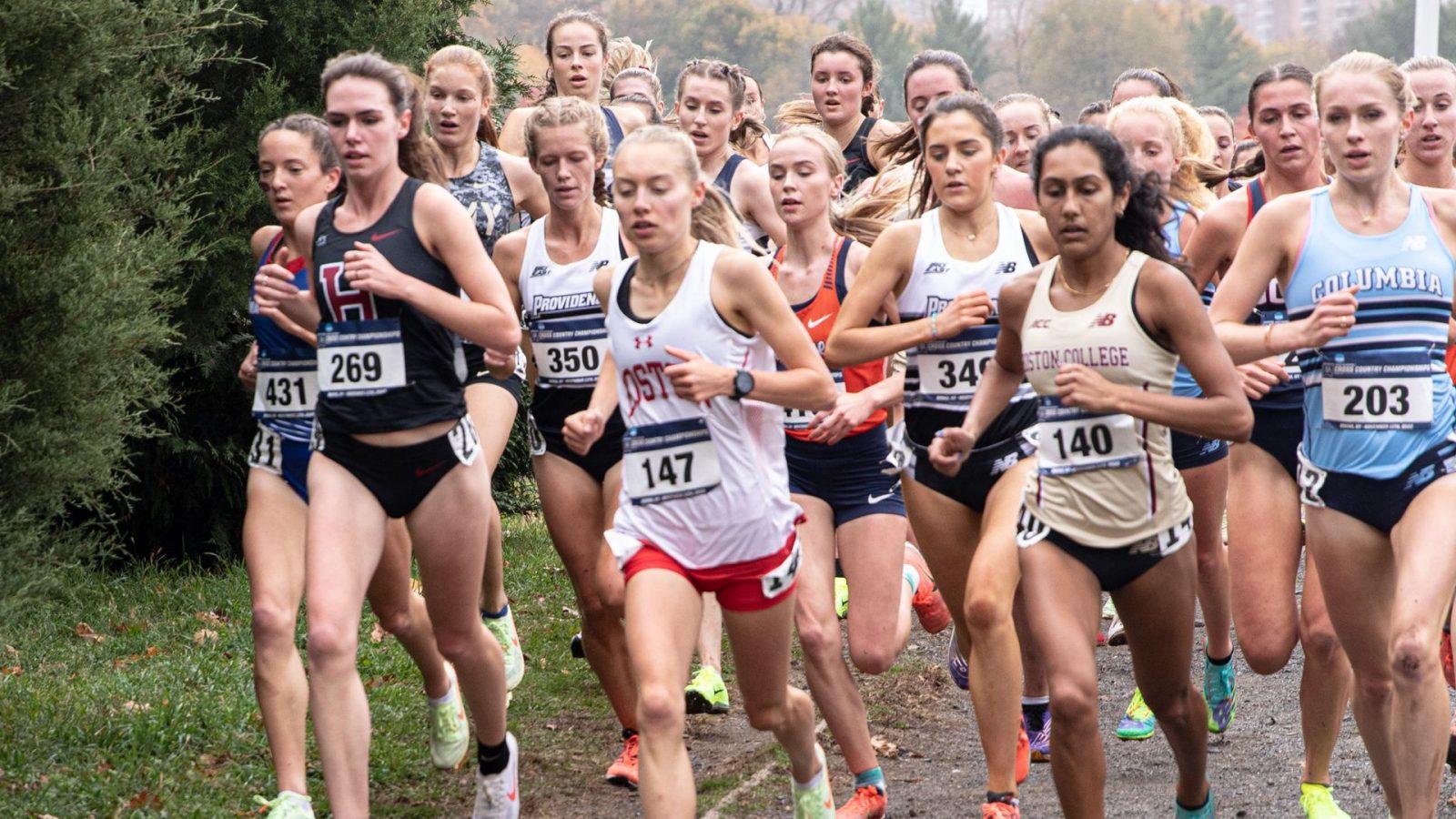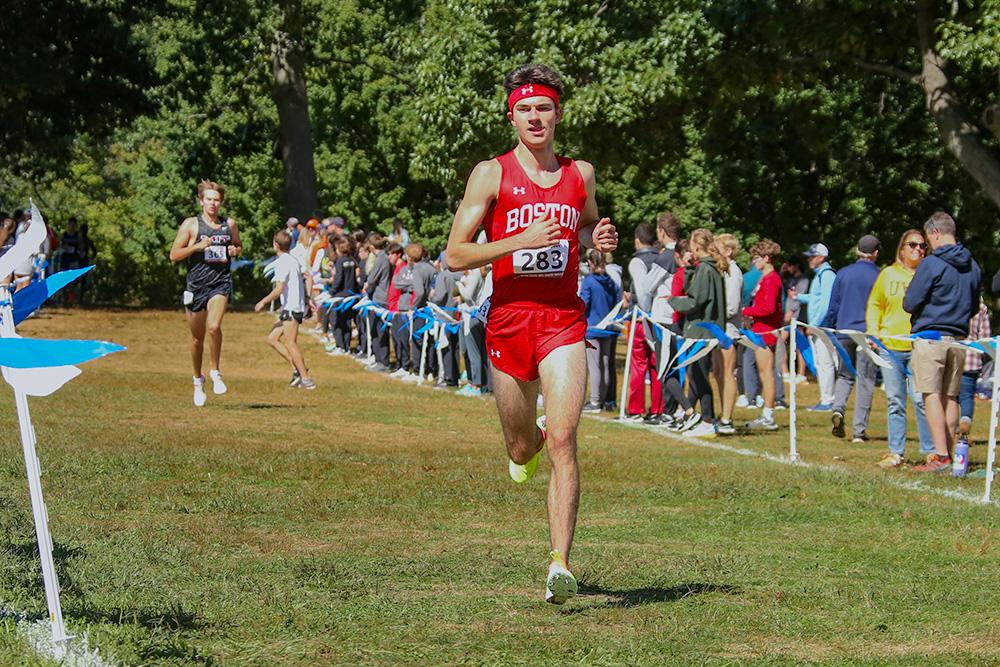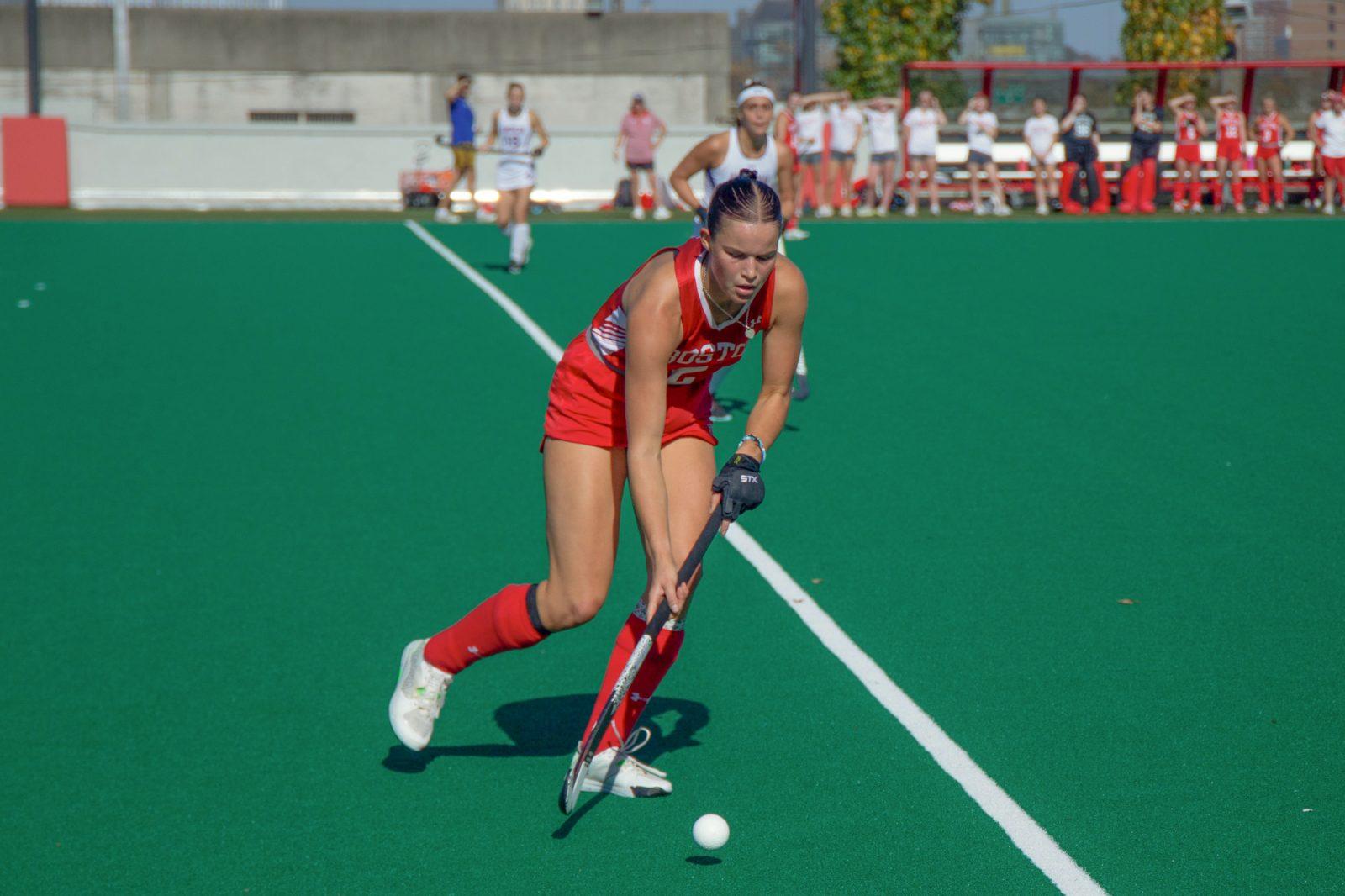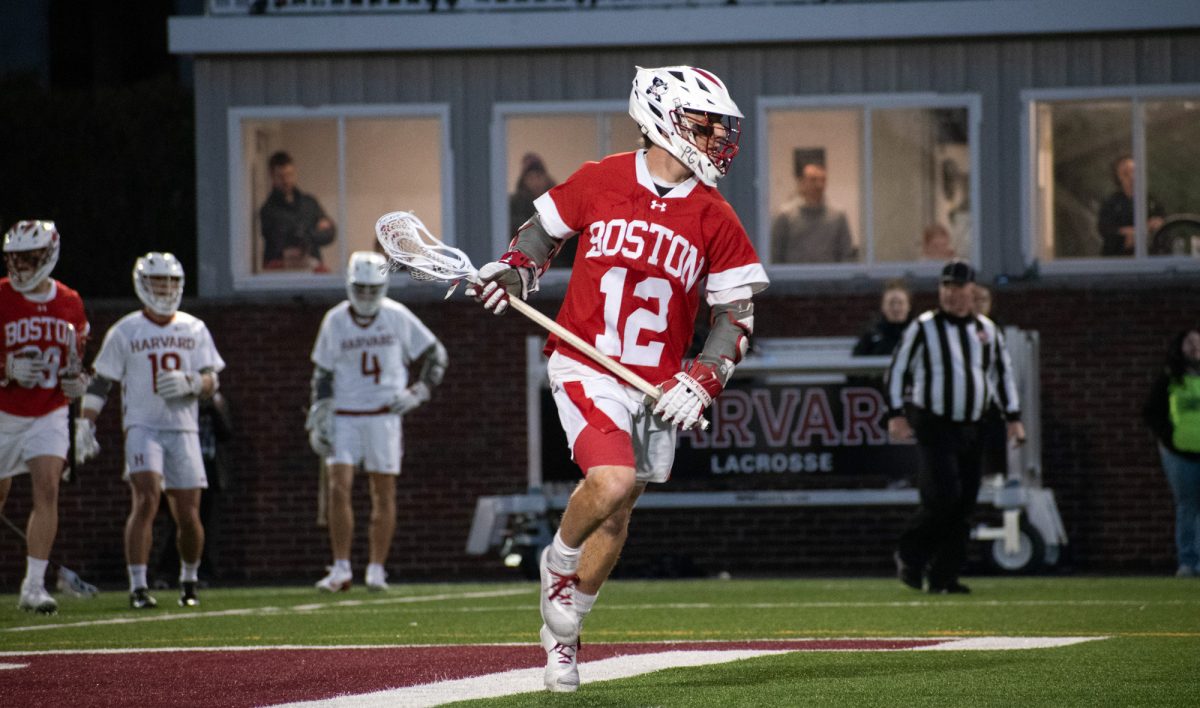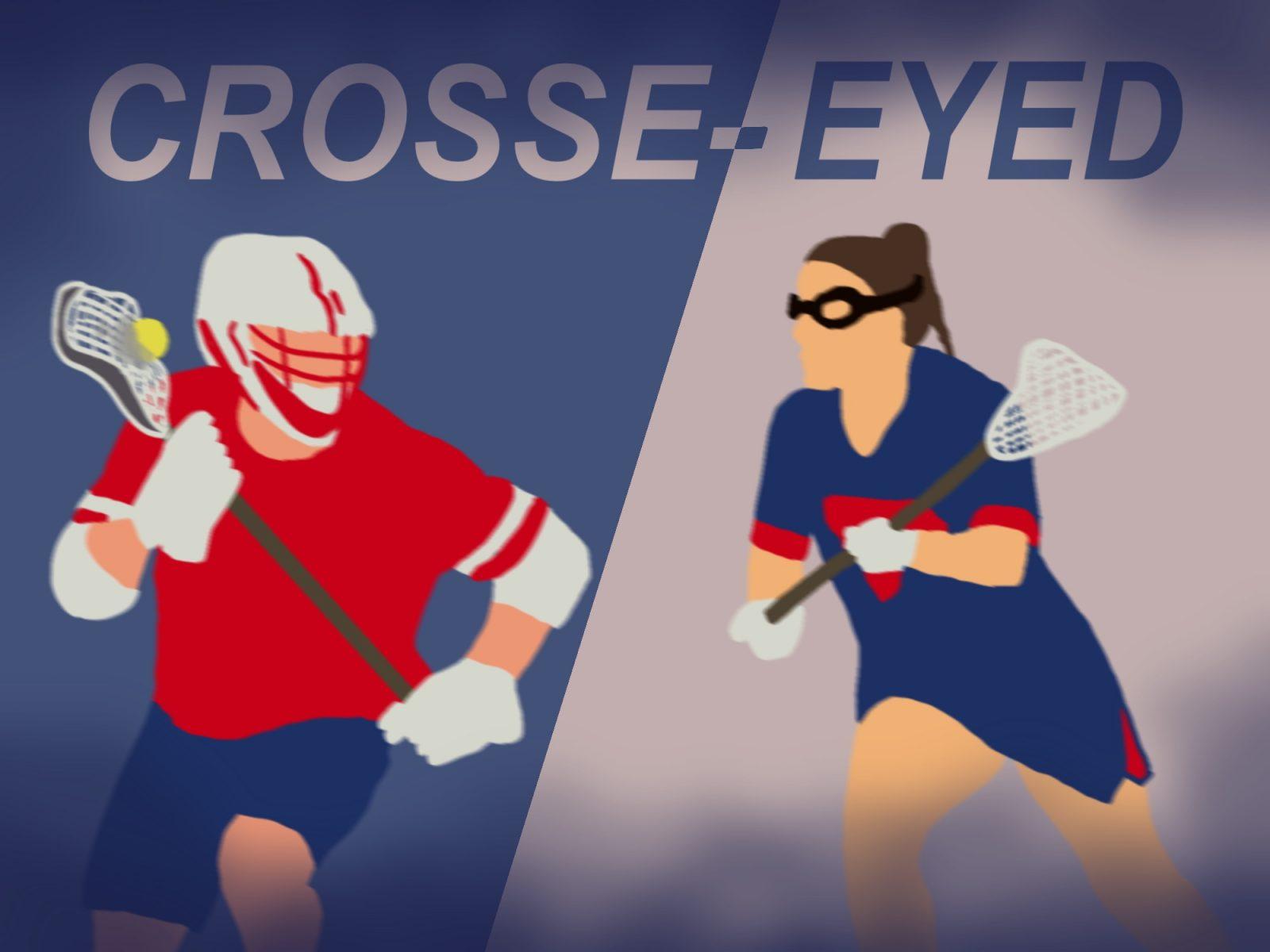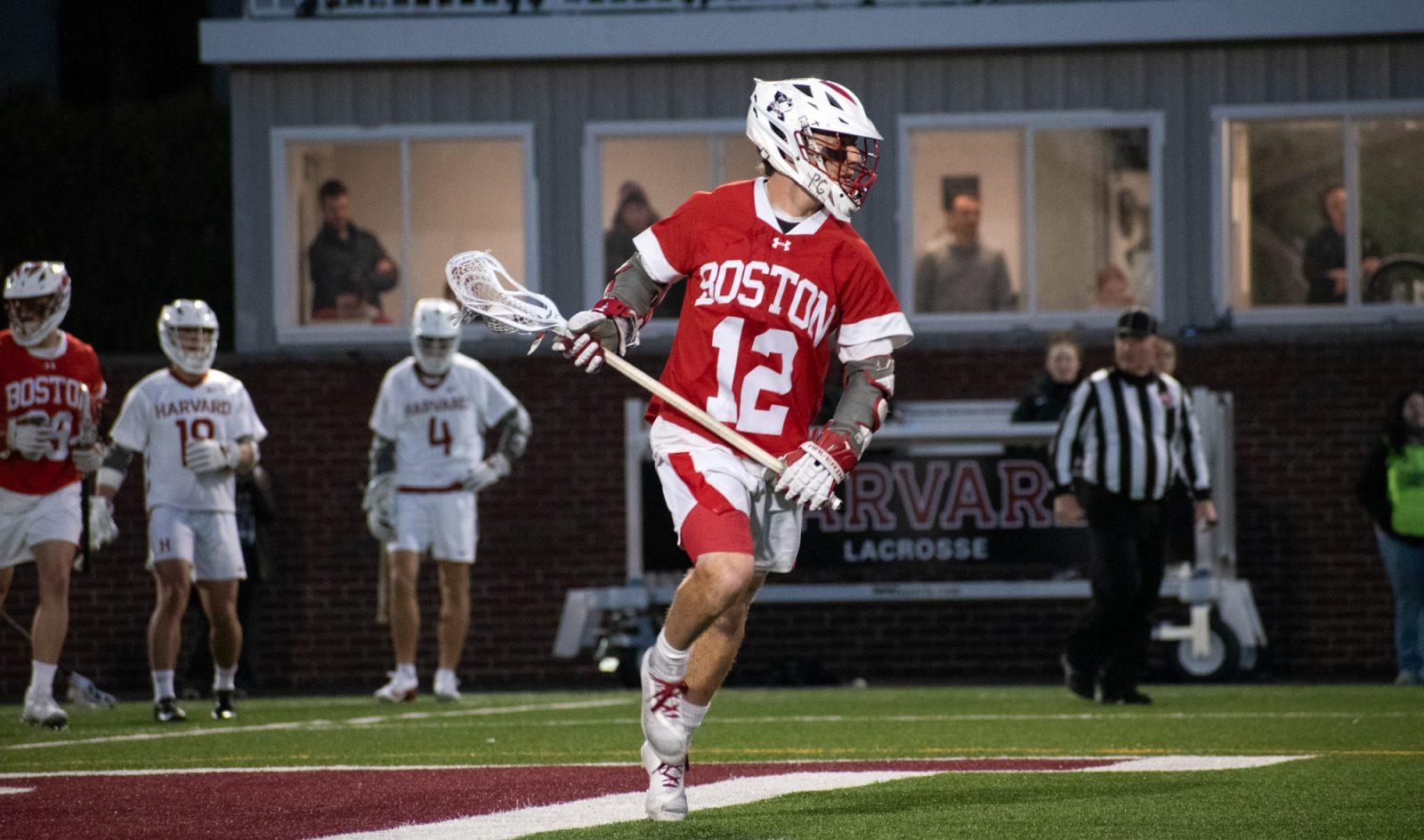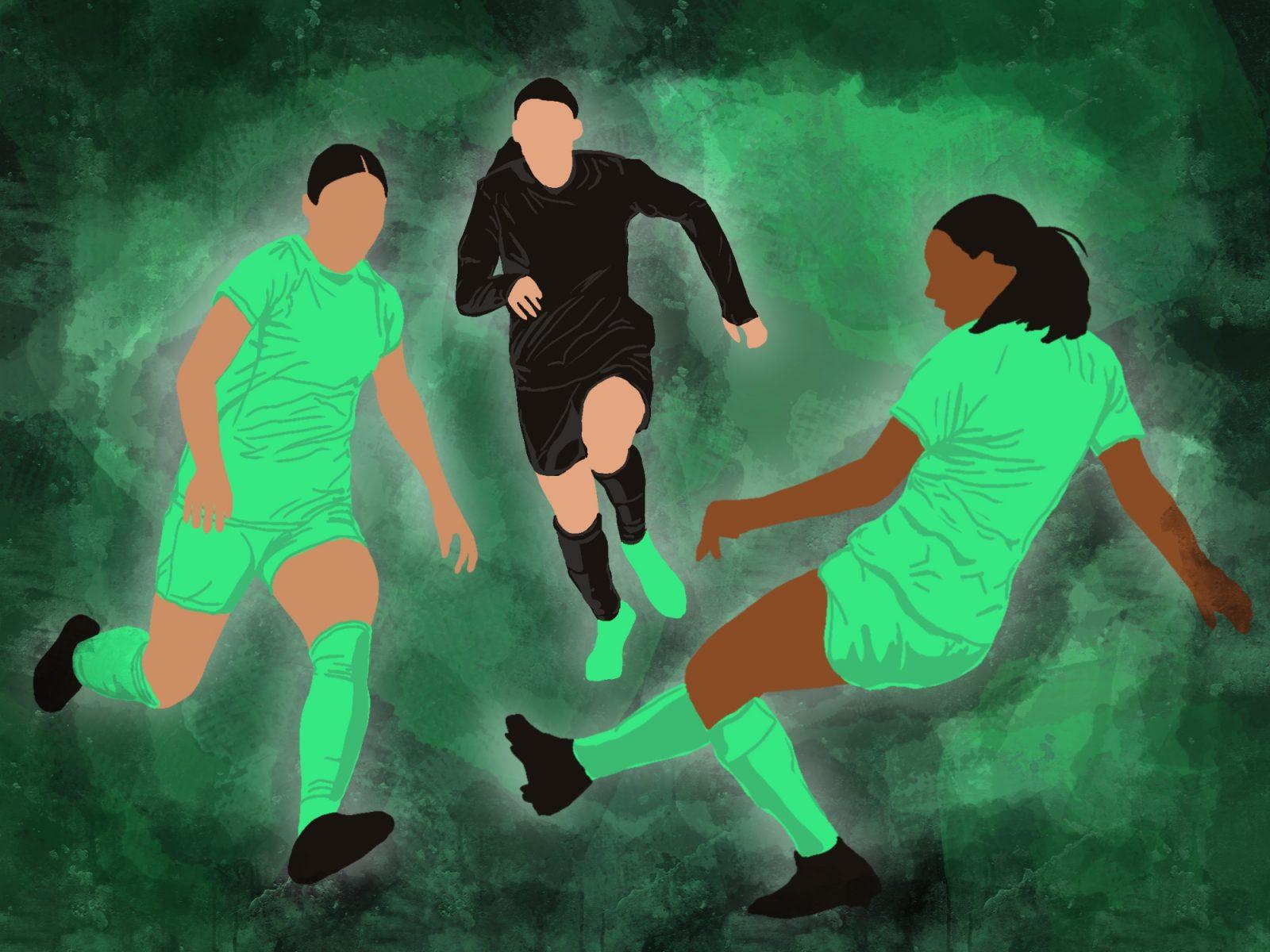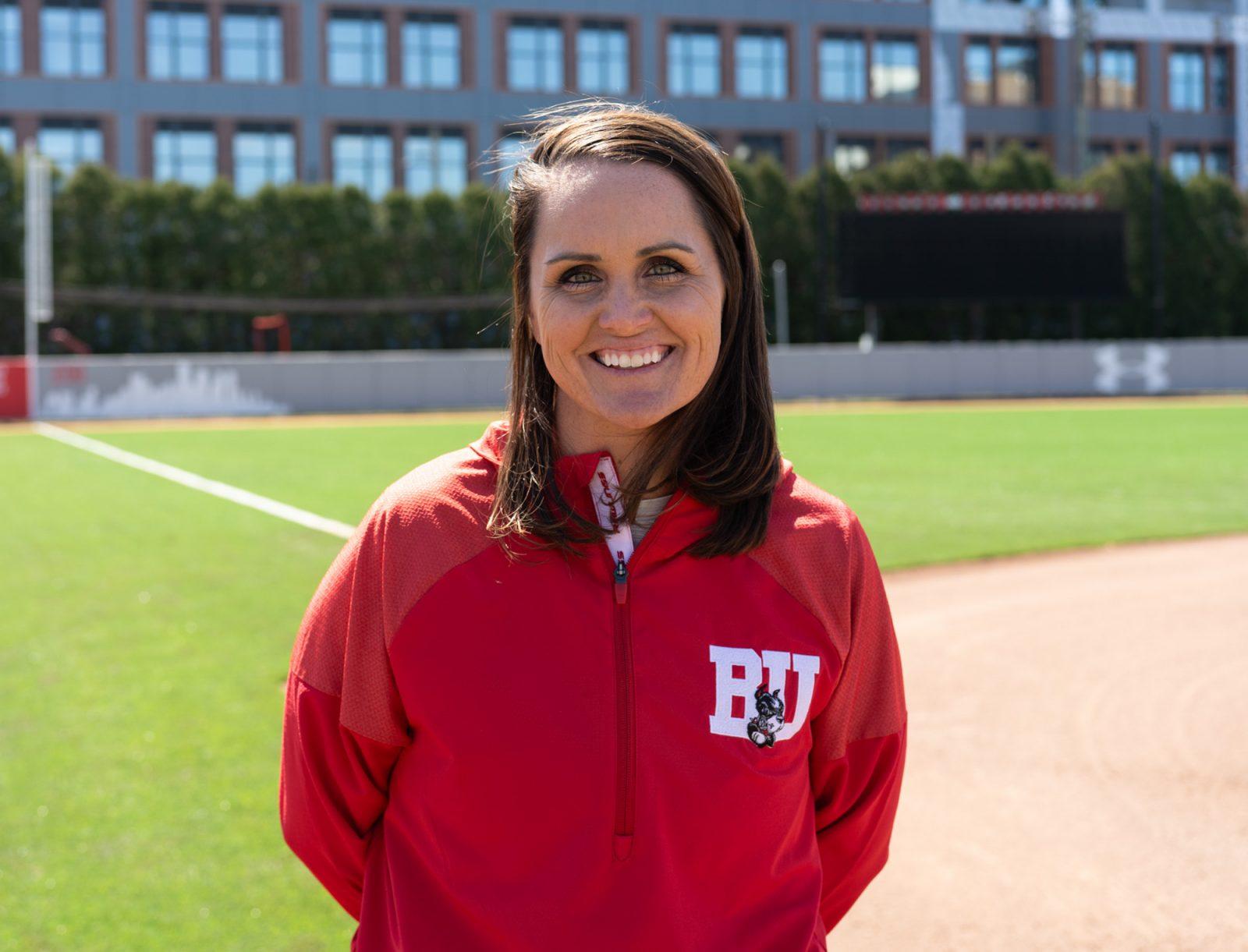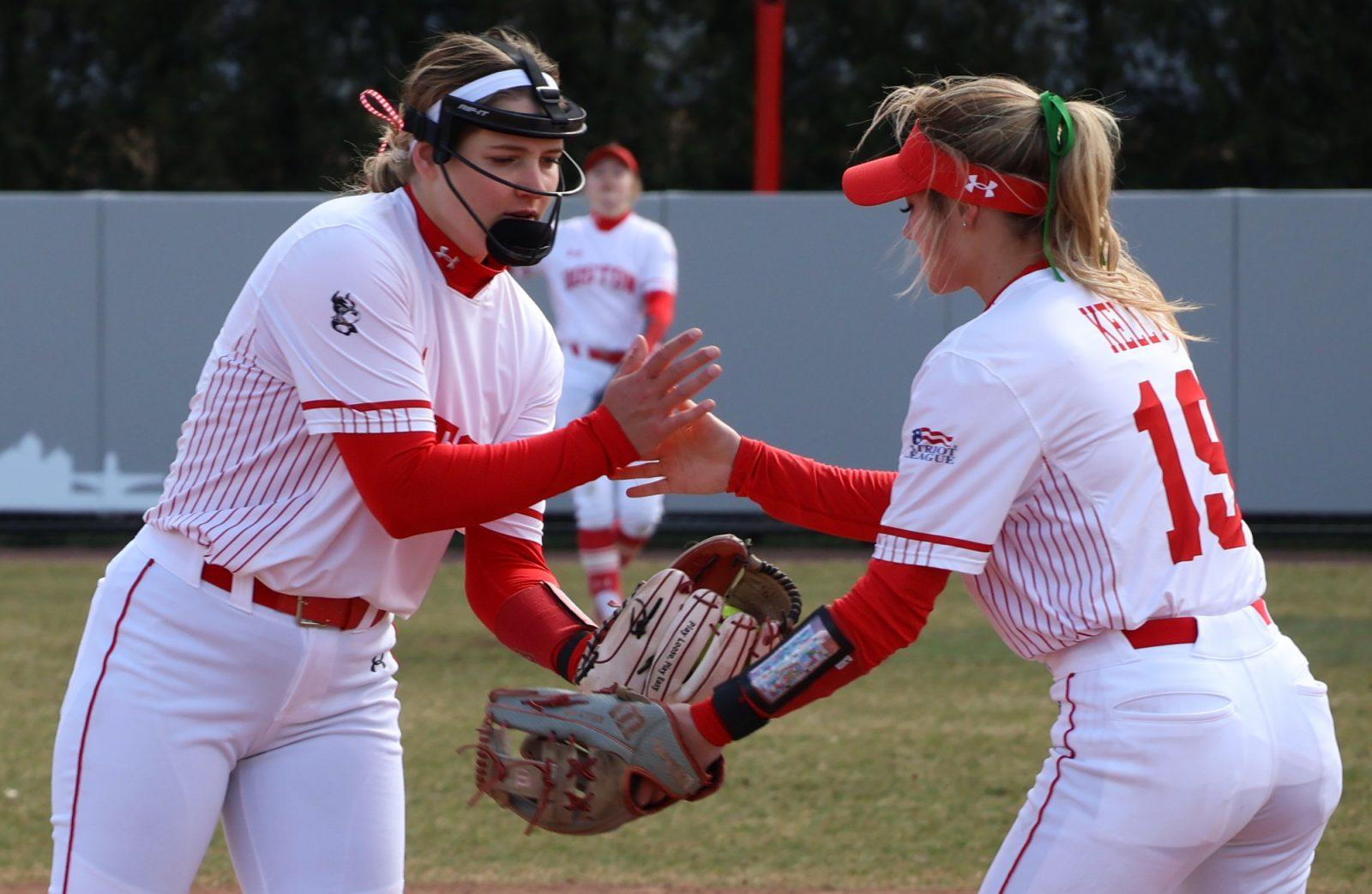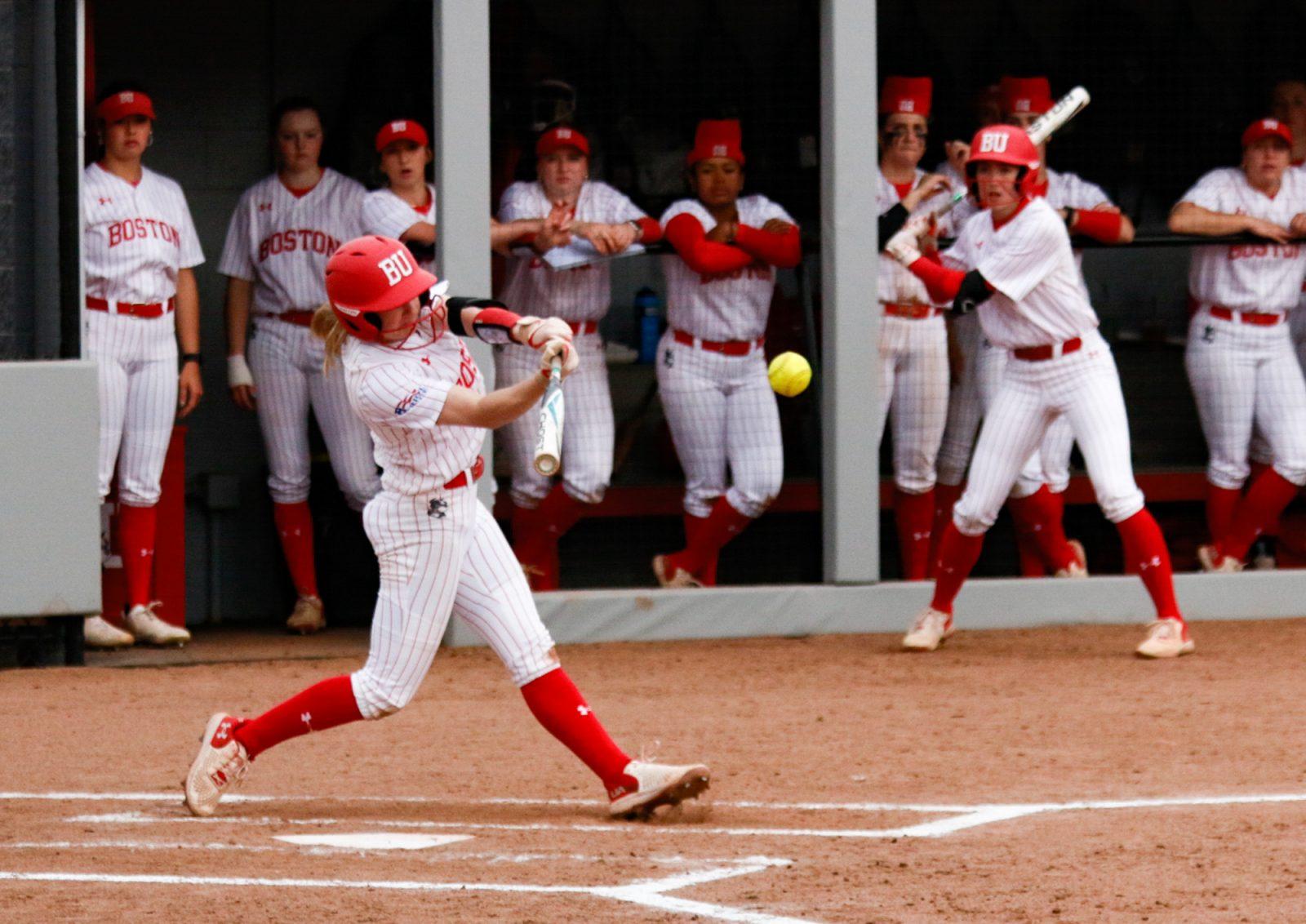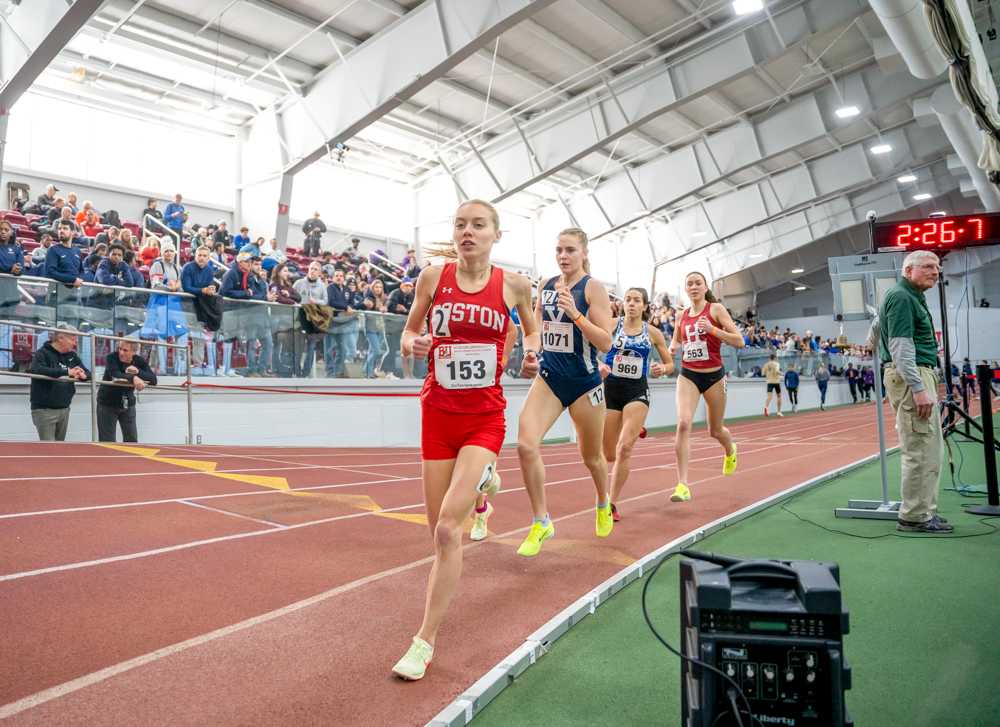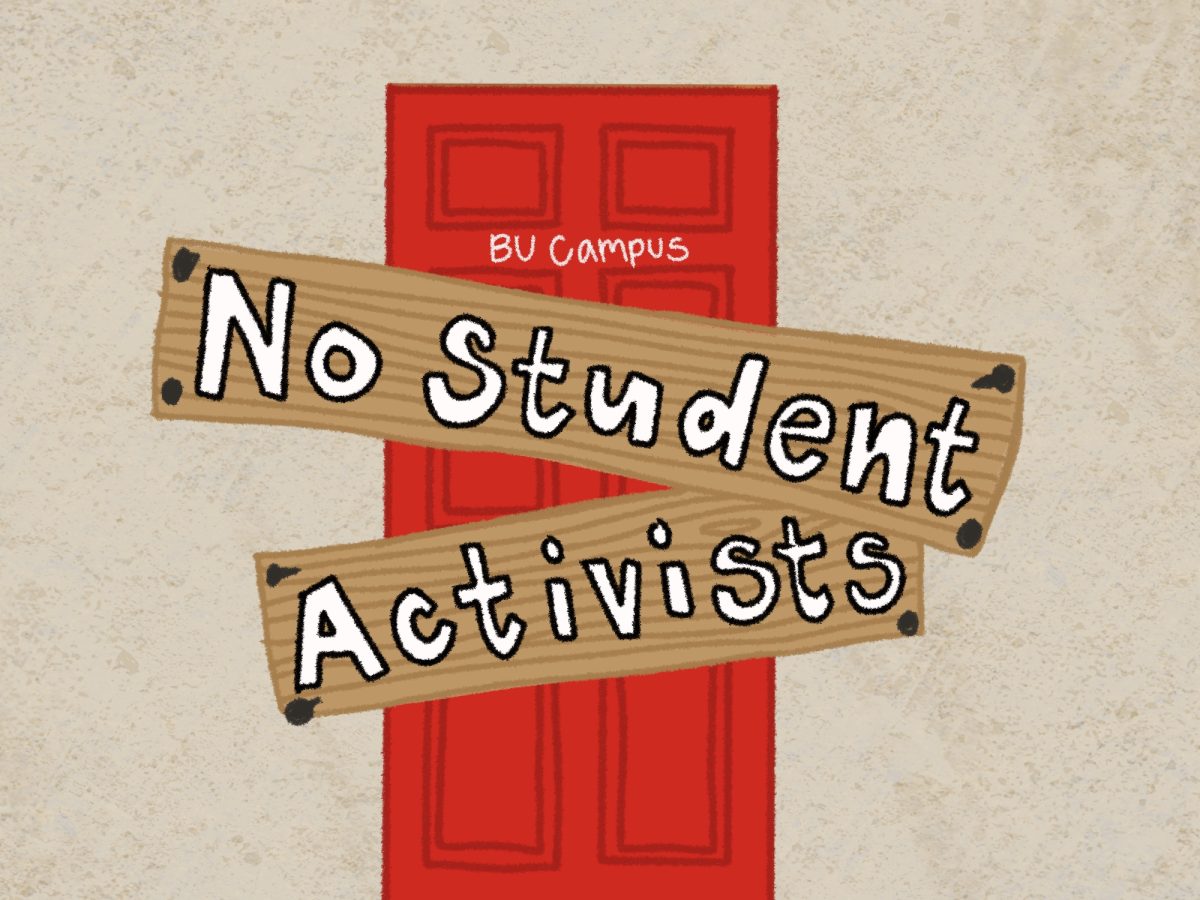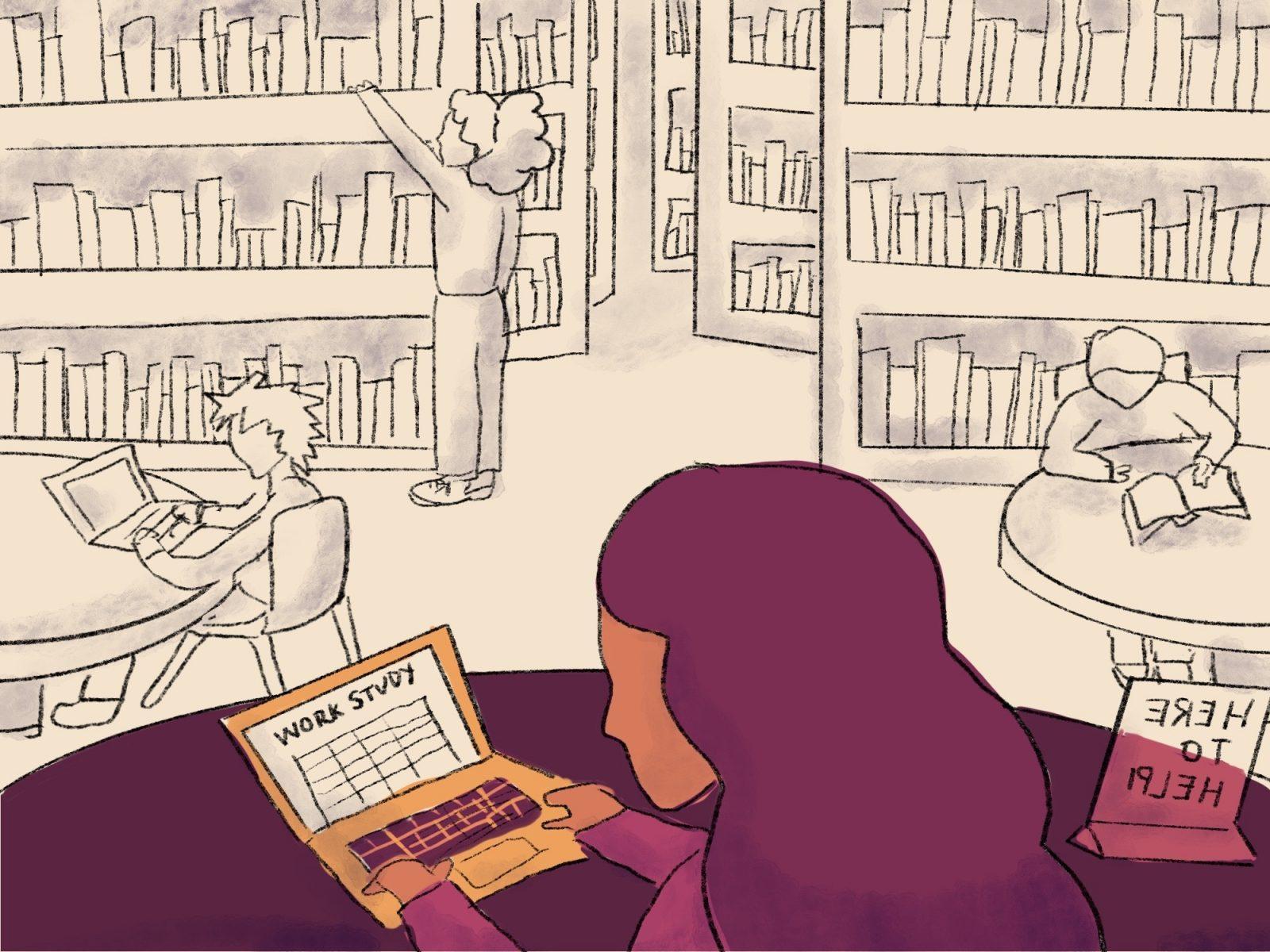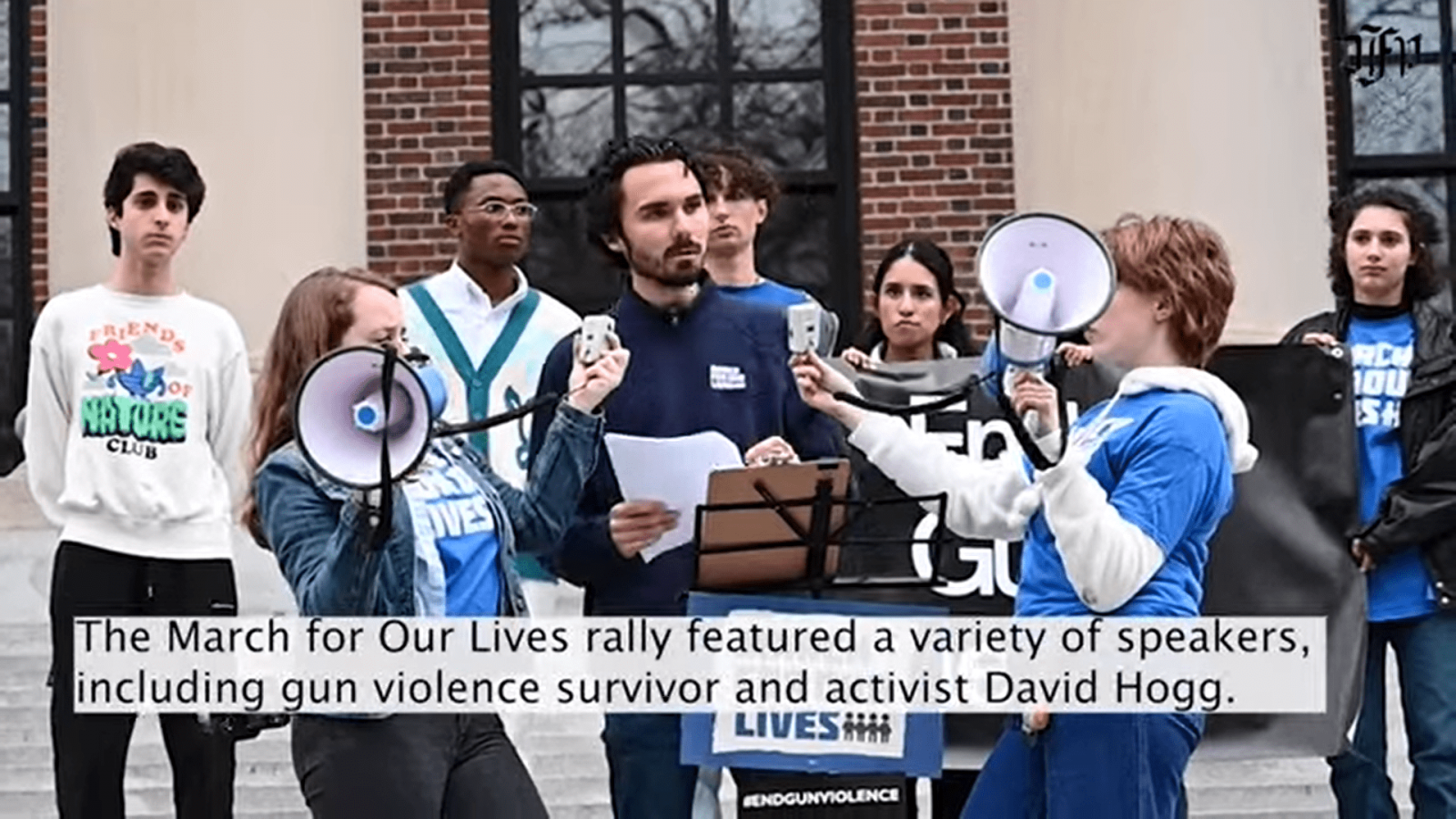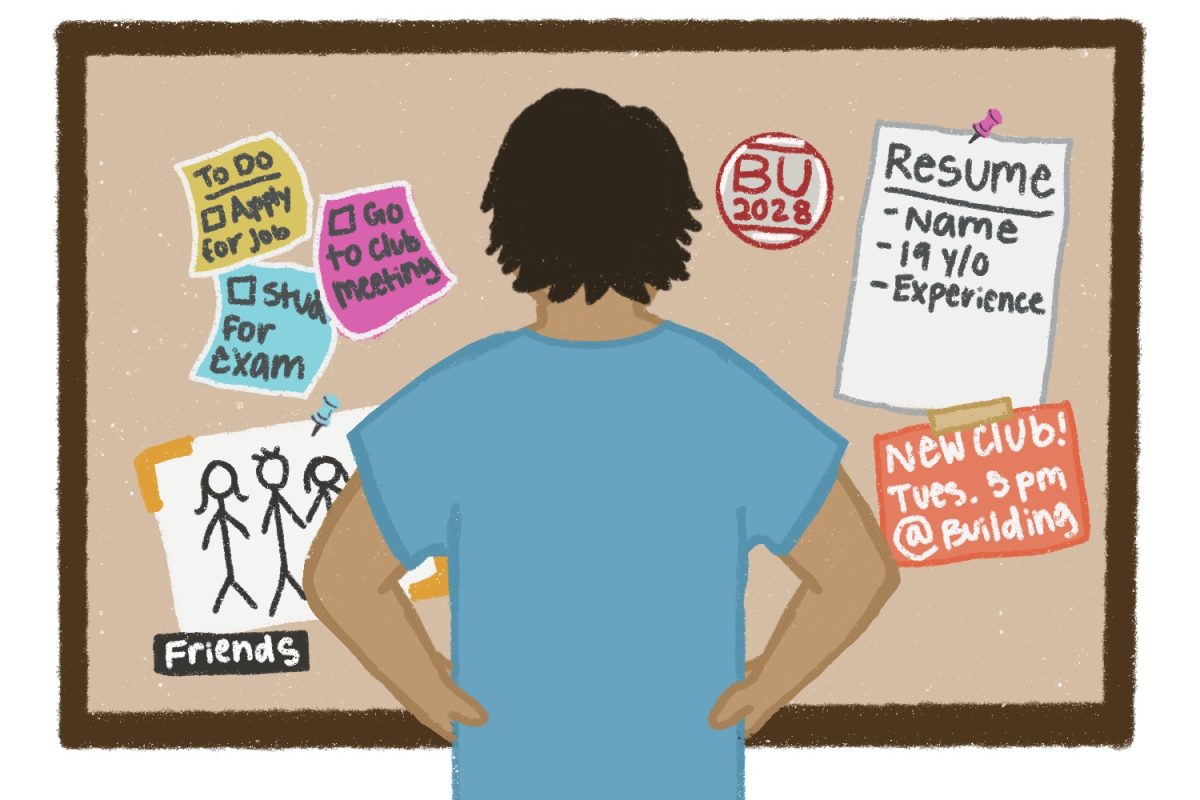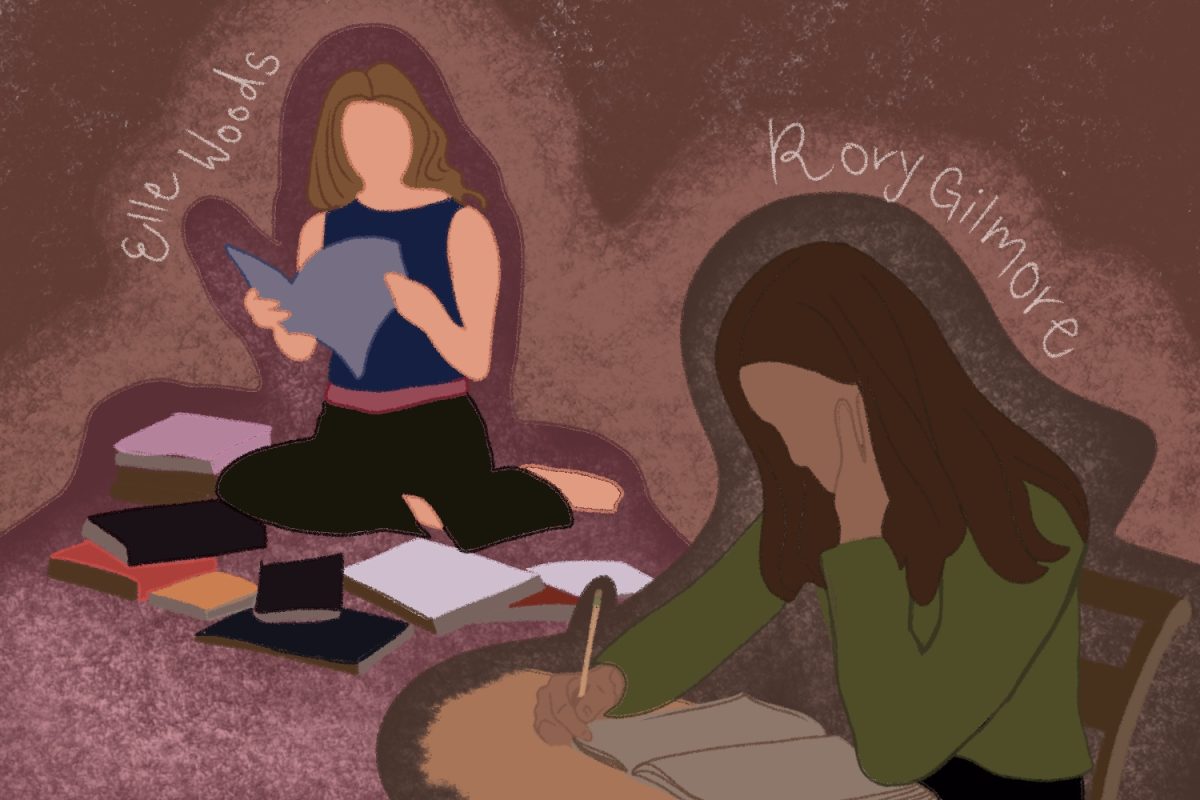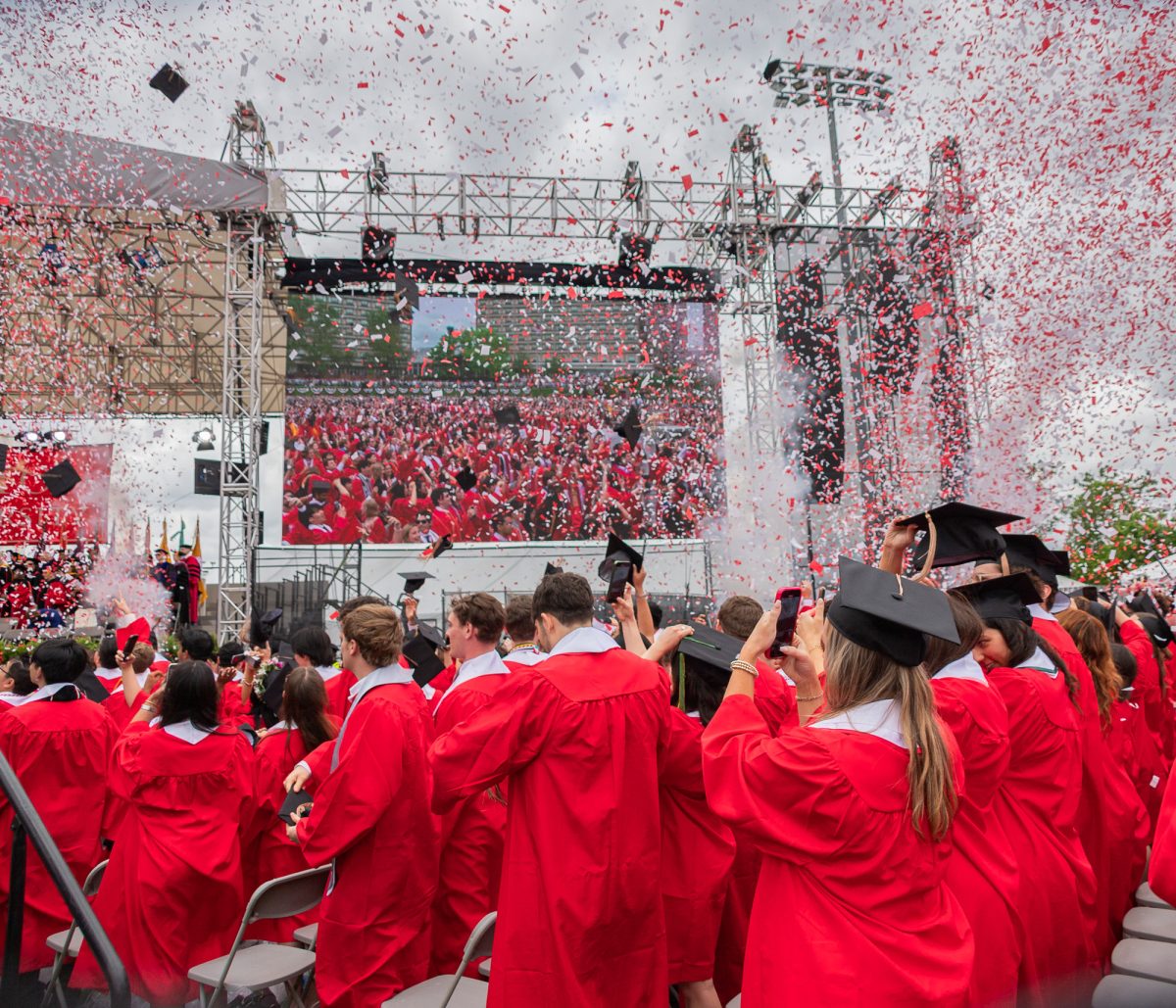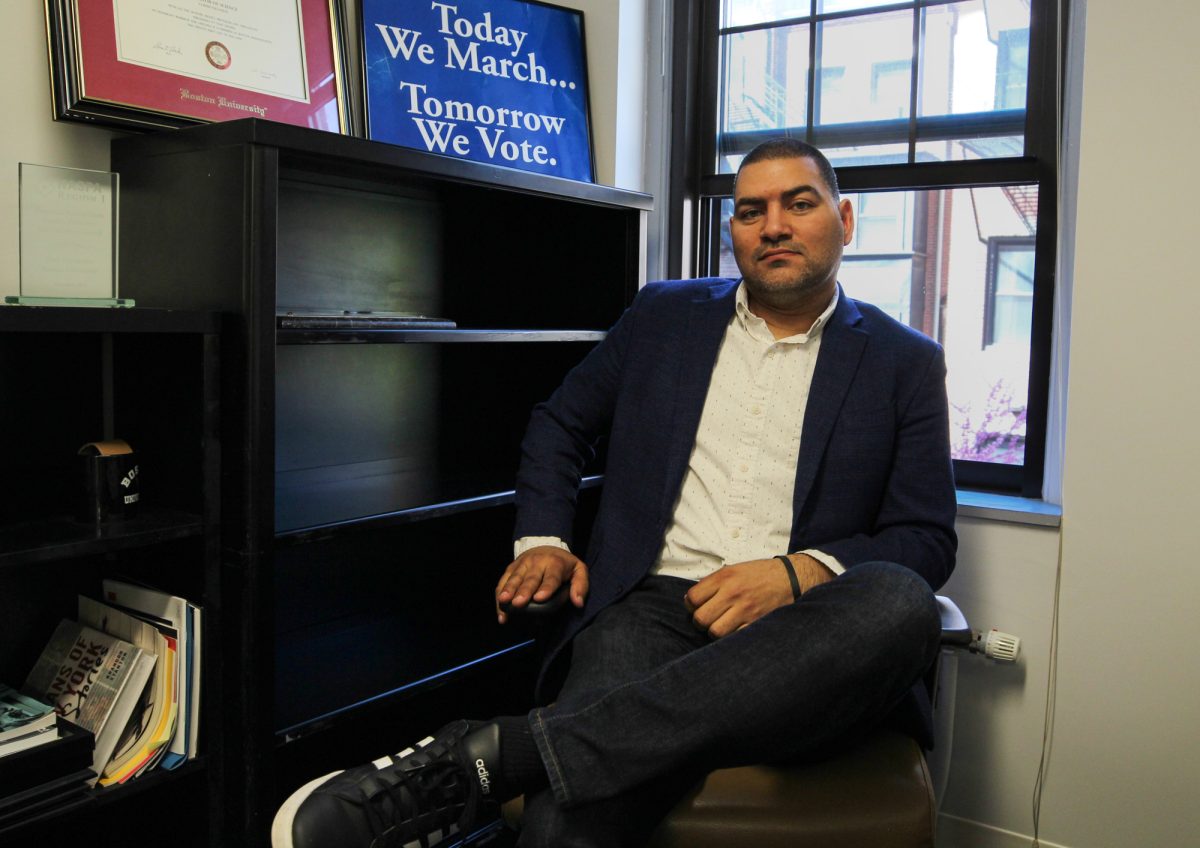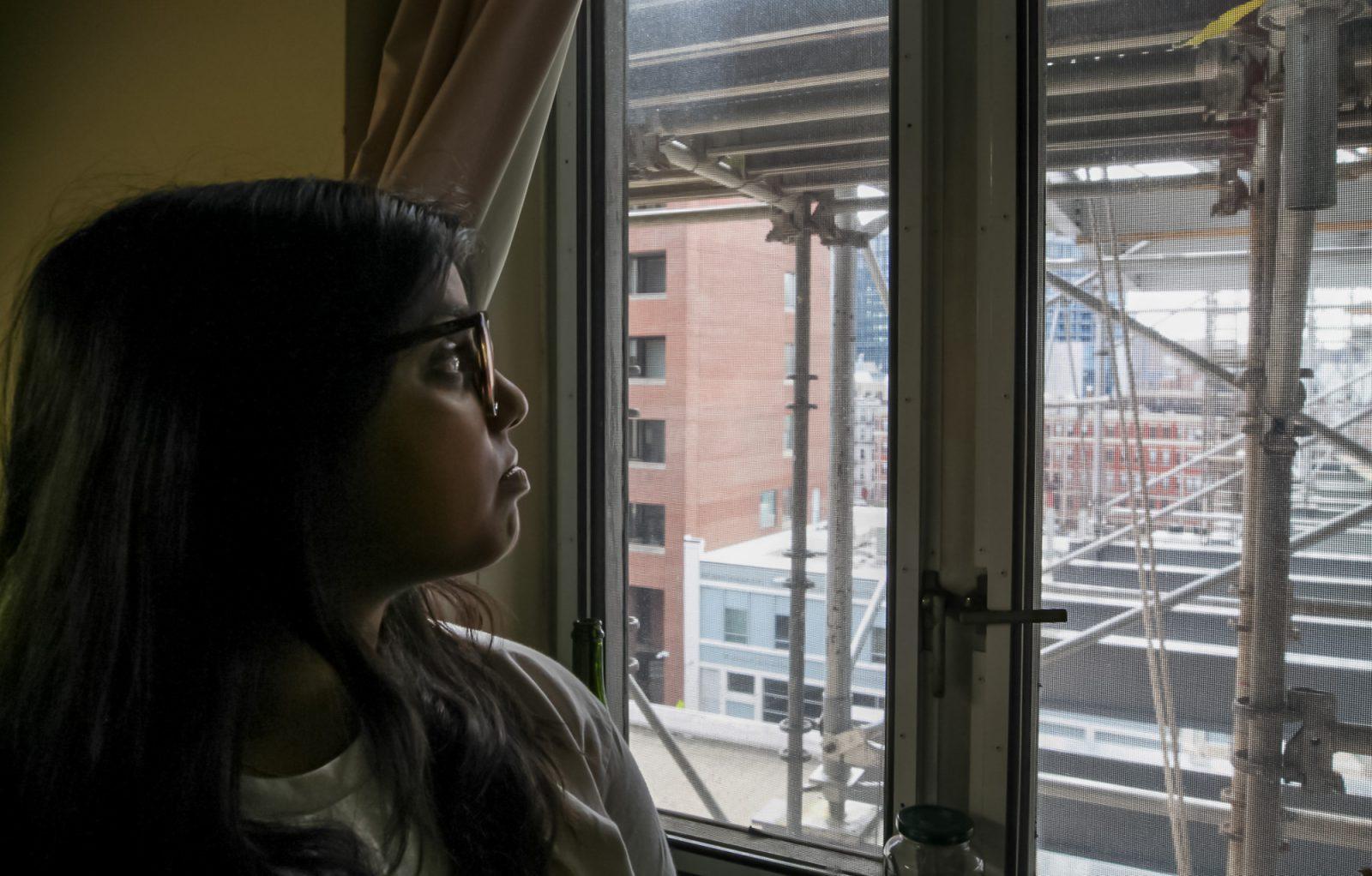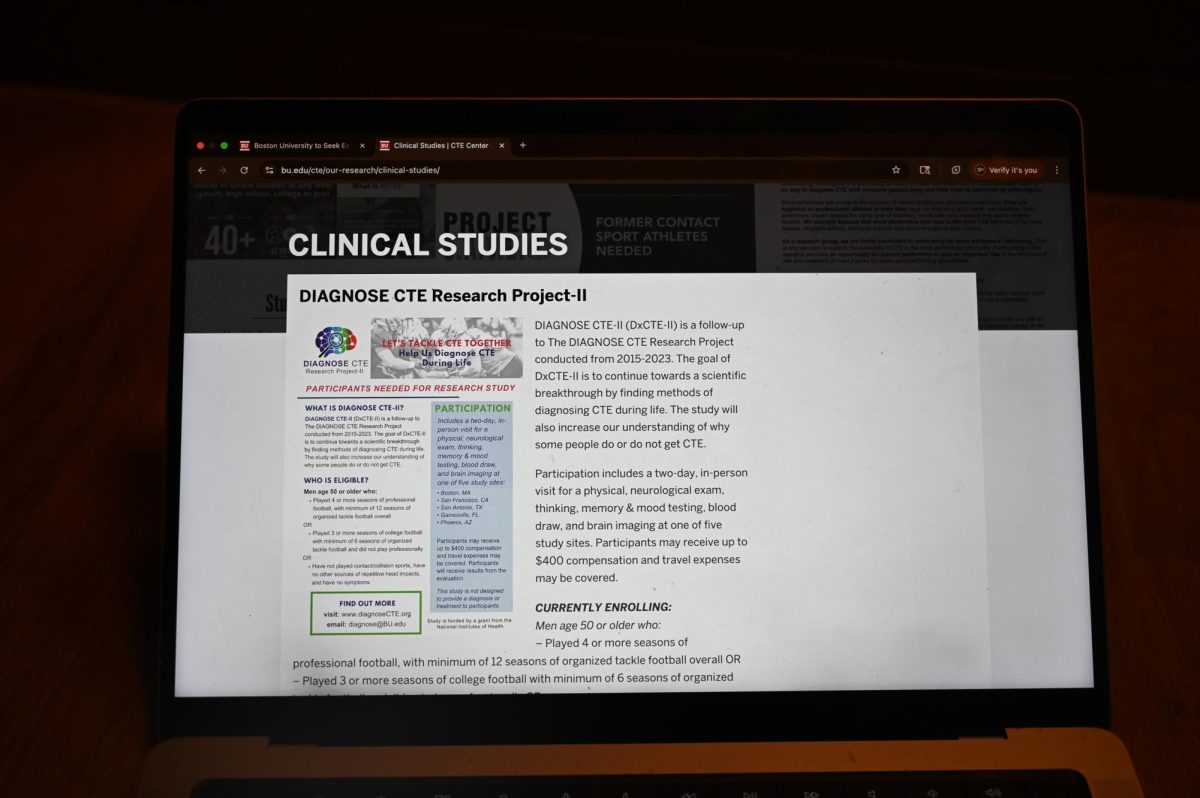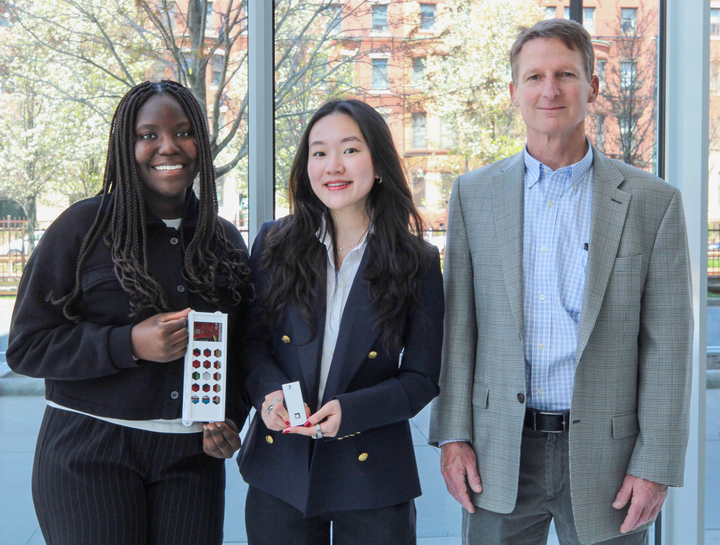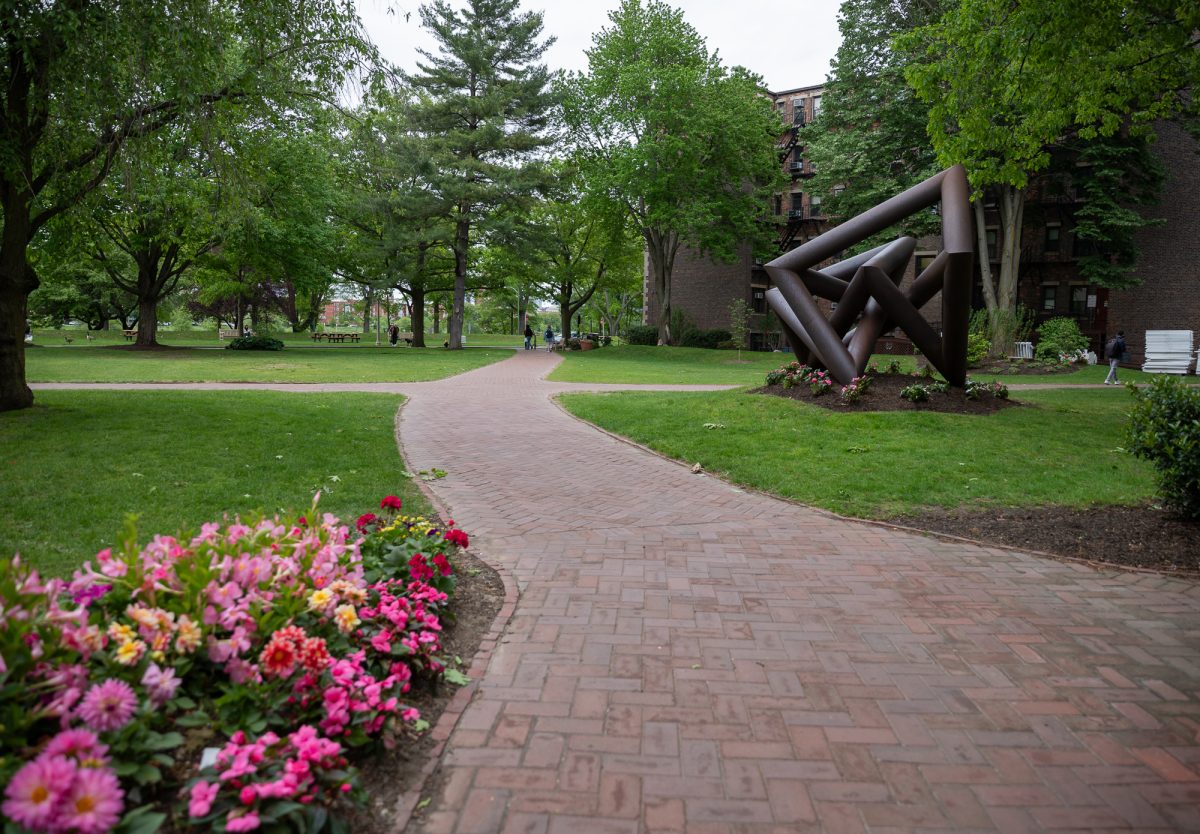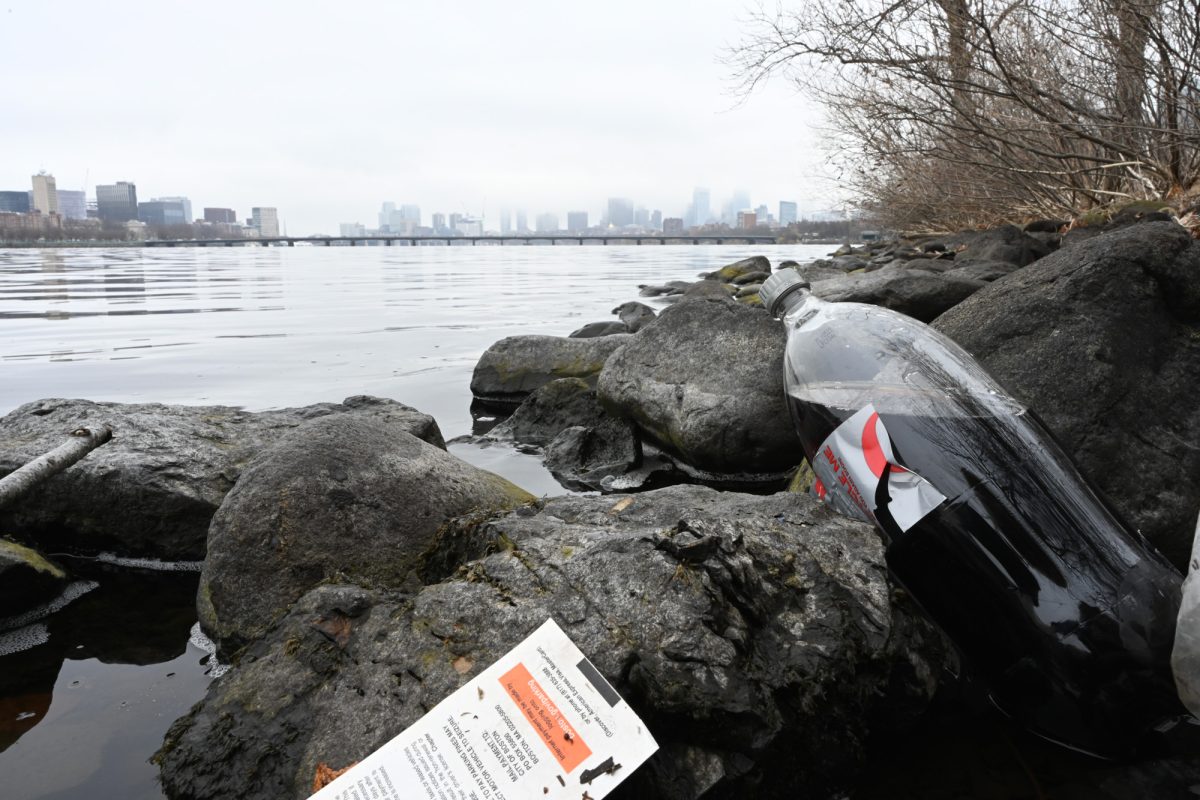The human brain is an enigma with remarkable capabilities, many of which remain a mystery. One brain function is currently being investigated at Boston University: the ability to artificially manipulate memories.

This research, led by Steve Ramirez, an associate professor of psychological and brain sciences, will be a focal point of Nat Geo Live, a live speaker-series experience that will begin touring across the country in March.
Nat Geo and Ramirez have been working together since 2015, and the organization reached out to him last year with the idea of hosting a live show on tour.
This show will begin by discussing how the brain functions when one recalls a memory, he said.
During the week of Nov. 11, a camera crew from National Geographic came to BU’s Cognitive Neuroimaging Center — a Magnetic Resonance Image center used by researchers to conduct experiments on undergraduate
students and non-patient populations to study topics like memory and vision — to capture footage for this segment.
This isn’t the center’s first time in front of a camera.
Shruthi Chakrapani, assistant director of operations and safety, said the center has hosted multiple movie and tv show shoots.
At the forefront of the crew’s visits is safety. Chakrapani ensured the crew followed all of the safety protocols before filming began.
“Safety is our main concern at the center,” she said. “So, once those were all clear, they were approved to come in.”
Stephanie McMains, associate director of the Cognitive Neuroimaging Center, was present for the entire shoot, and assisted the crew in utilizing the equipment.
“We took some structural images of [Ramirez’s] brain so that he can show them the areas of the brain he’s going to be talking about, like the hippocampus,” McMains said. “And then we did some functional scans on him, because we wanted to see if we could get some hippocampal activation.”
These functional scans, she said, were done using what is known as a “real time fMRI,” a simplified version of a regular fMRI that displays “blobs” of brain activity whenever someone in the machine completes a simple task.
BU’s imaging center is designed to allow larger groups to come in for tours, which allowed film crews to get more interesting shots than they would in other facilities, McMains said.
After this portion, the show will then follow a showcase of research being done by the lab. This research, he said, builds off of work he had developed as a graduate student at the Massachusetts Institute of Technology alongside his colleagues.
“The idea is that we can find cells in the brain that hold on to particular memories, and there [are] ways of genetically tricking those brain cells to turn on or off whenever we want them to,” he said.
This paved the way for future inquiries he would later explore in his own lab. Ramirez said one question that is currently of particular interest to him is whether memory manipulation can be viewed as an antidote.
Ramirez said he is curious as to whether it is possible to undo the effects of stress associated with psychiatric disorders, such as depression or anxiety, by amplifying a positive memory or inhibiting a negative memory.
He said his lab’s experiments are conducted by observing mice brains.
“I think of the mouse brain as a tricycle and the human brain like a lamborghini,” Ramirez said.
“If we ask questions about gears, turning and motion, we can learn a lot from a tricycle and how that translates over into a Lamborghini and vice versa,” he said. “But, if I were to ask questions about engines and carburetors in a tricycle, it wouldn’t make sense.”
Despite this limitation, he said, the research demonstrates how the “tricycle” works, so when the “Lamborghini” breaks down, one can get closer to a solution by seeing whether the issue resembles something similar they have observed in the “tricycle.”
“It provides a kind of framework for how this work could look like in people,” Ramirez said. “It may not have to look that way, but at least we’re providing some testable frameworks so that the field can progress.”

